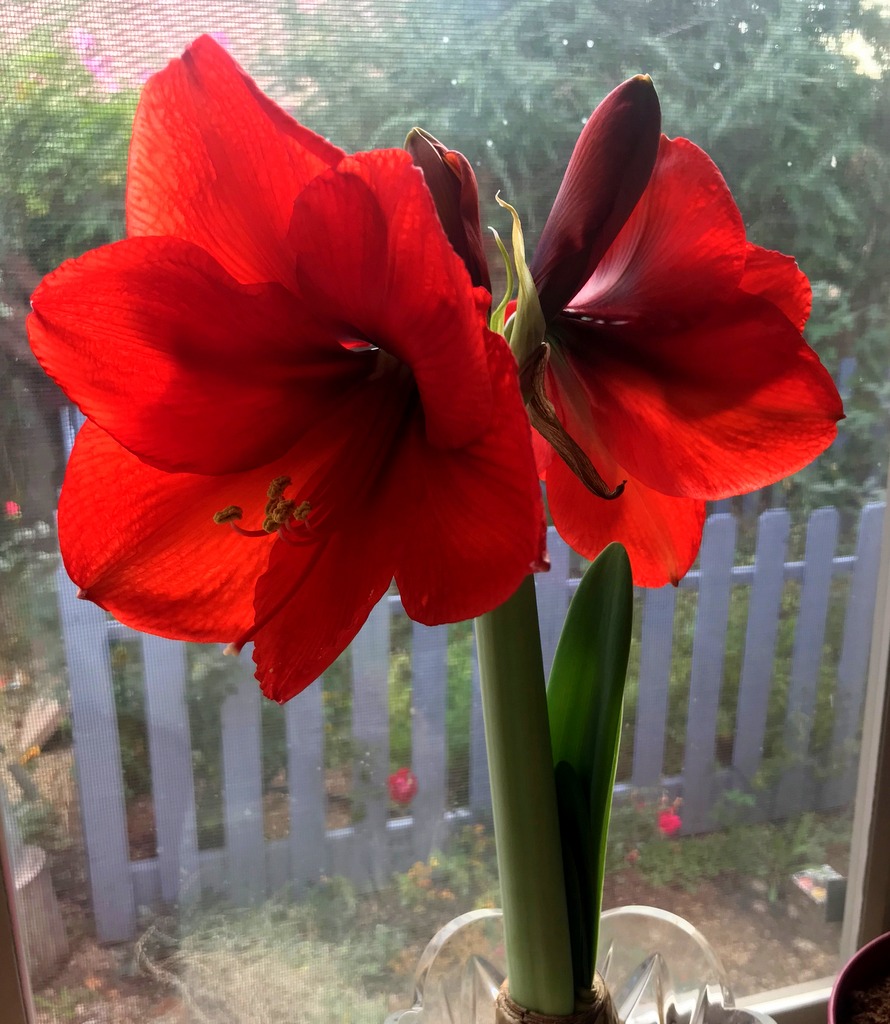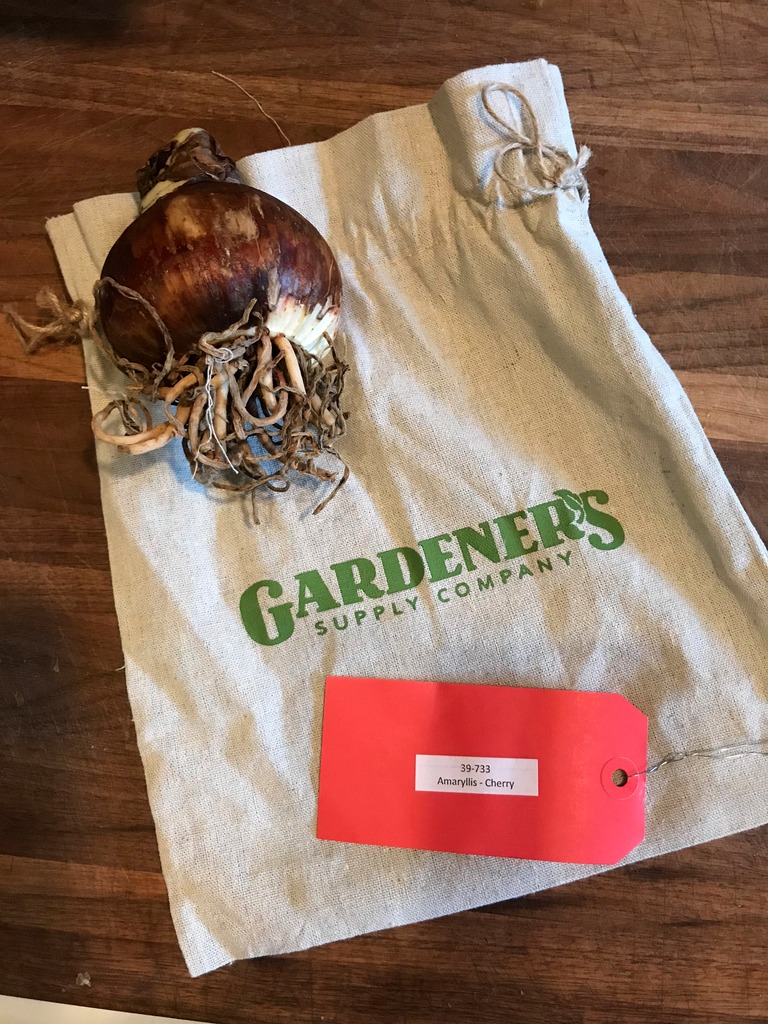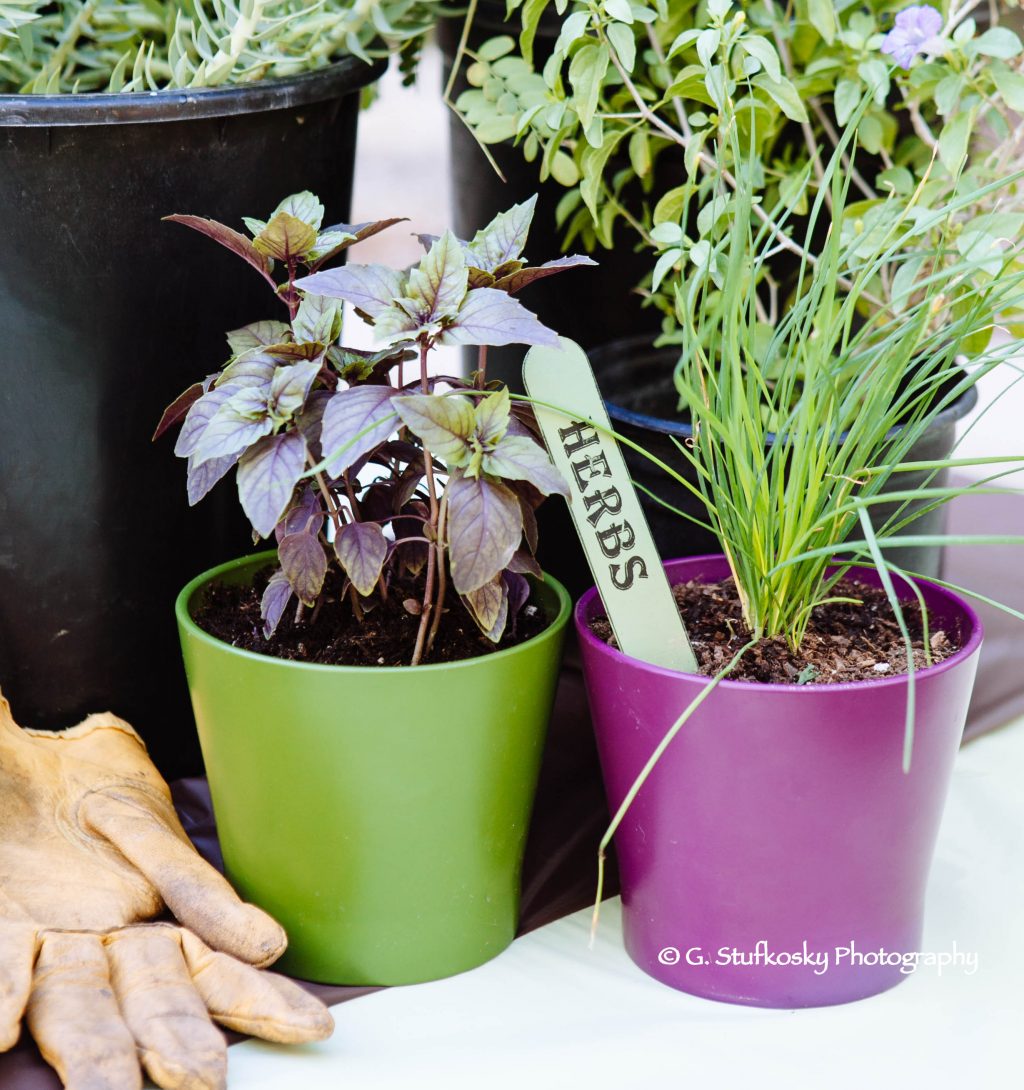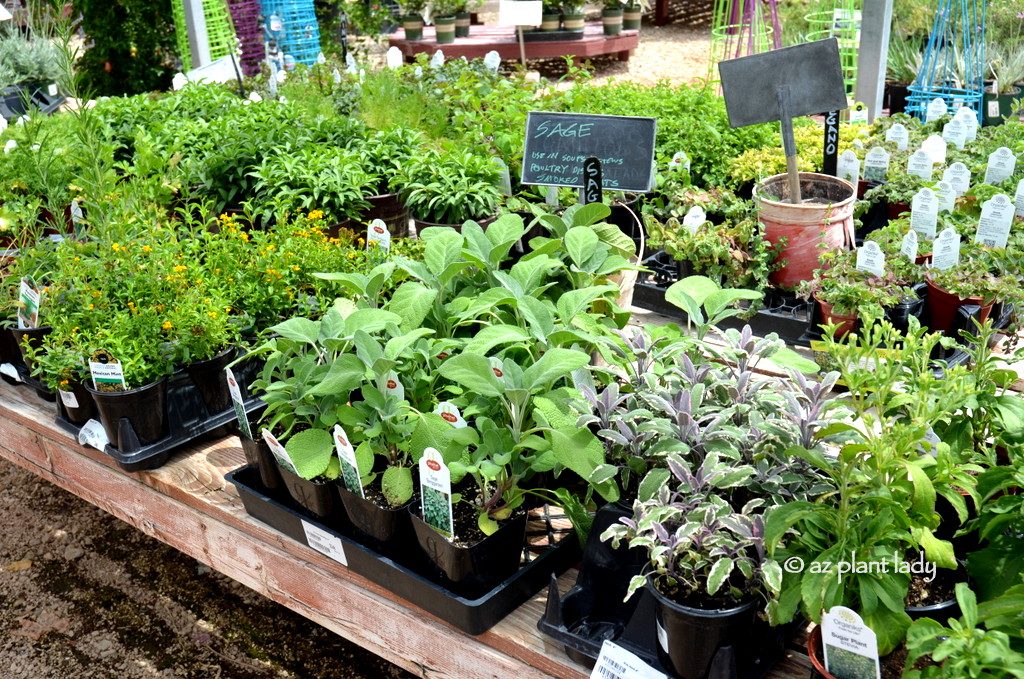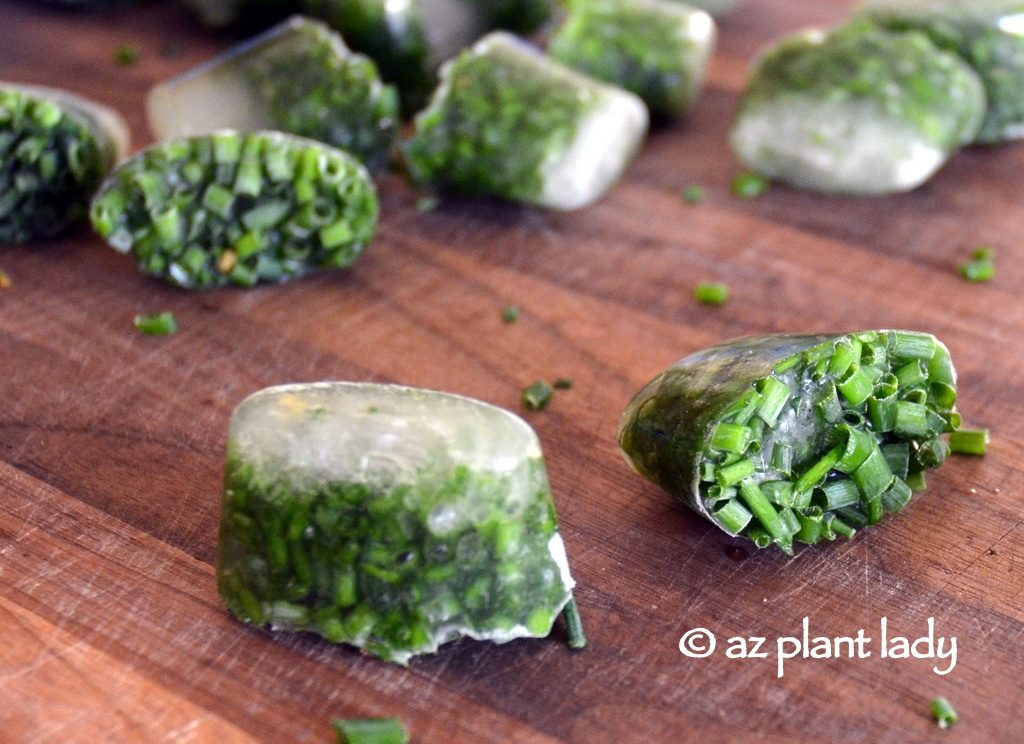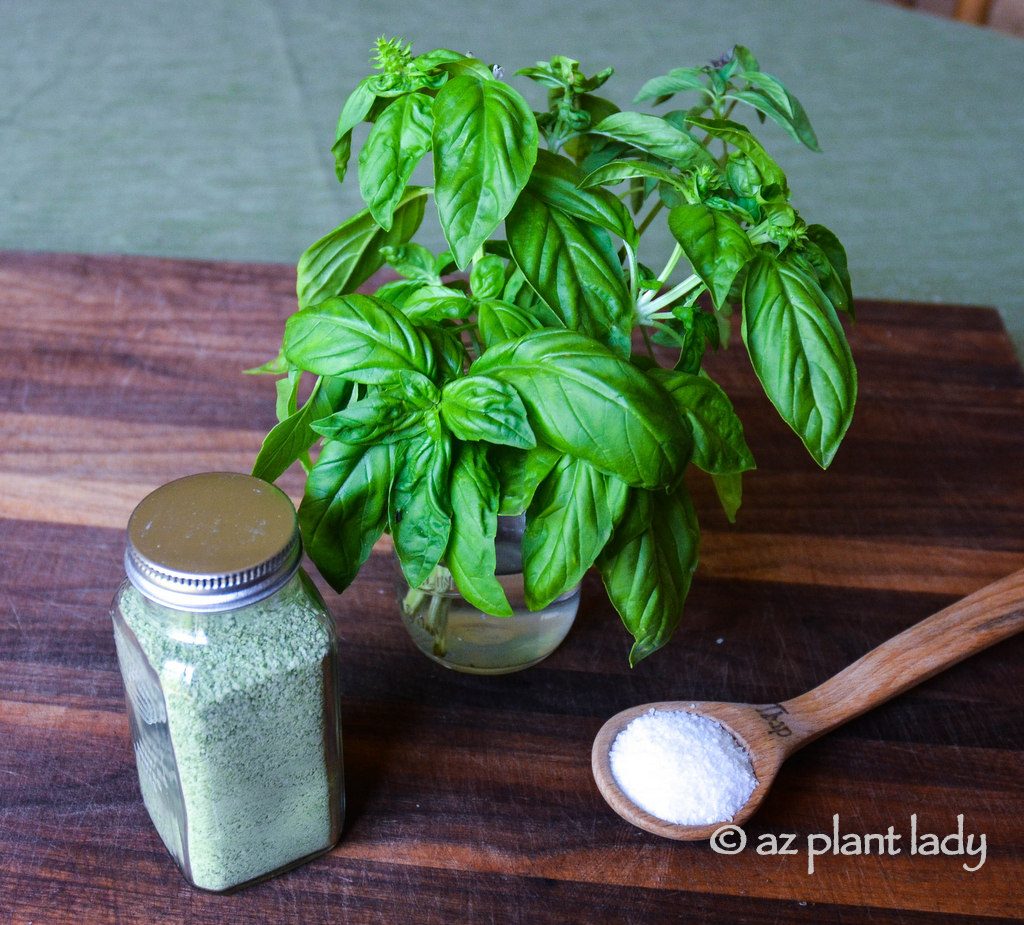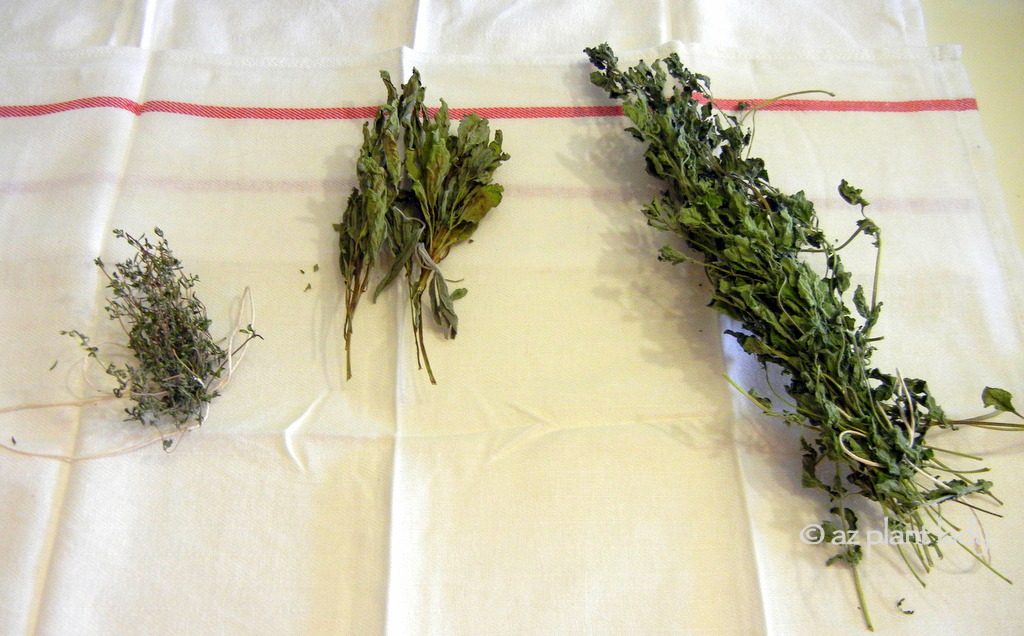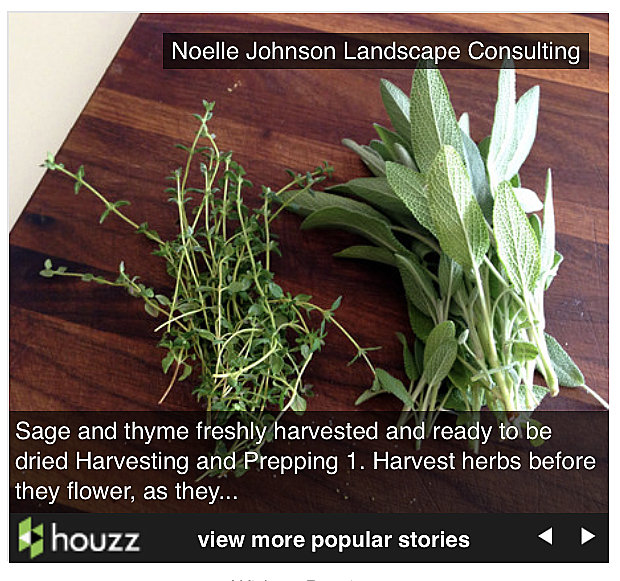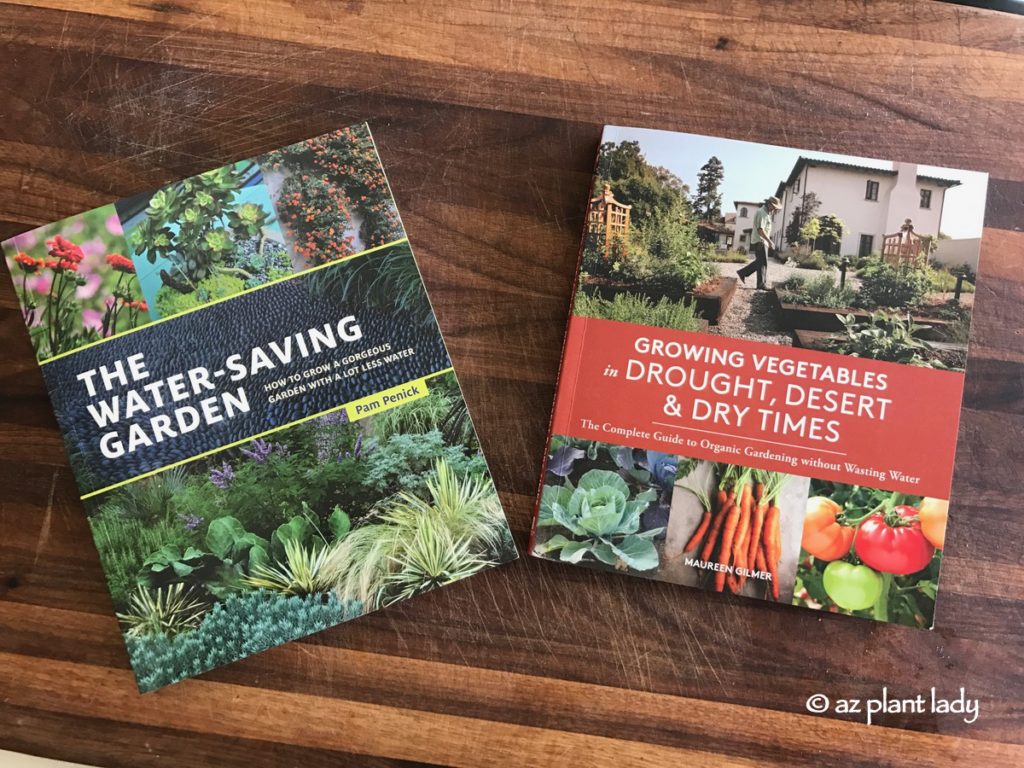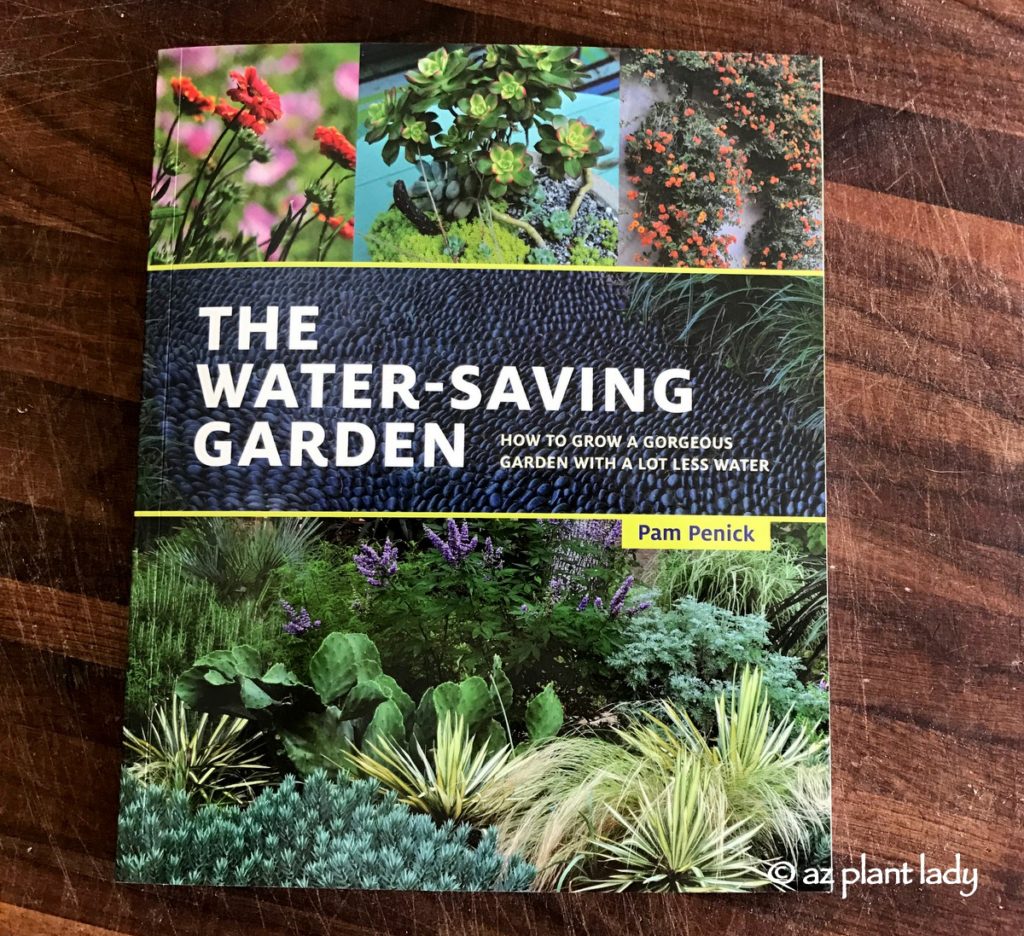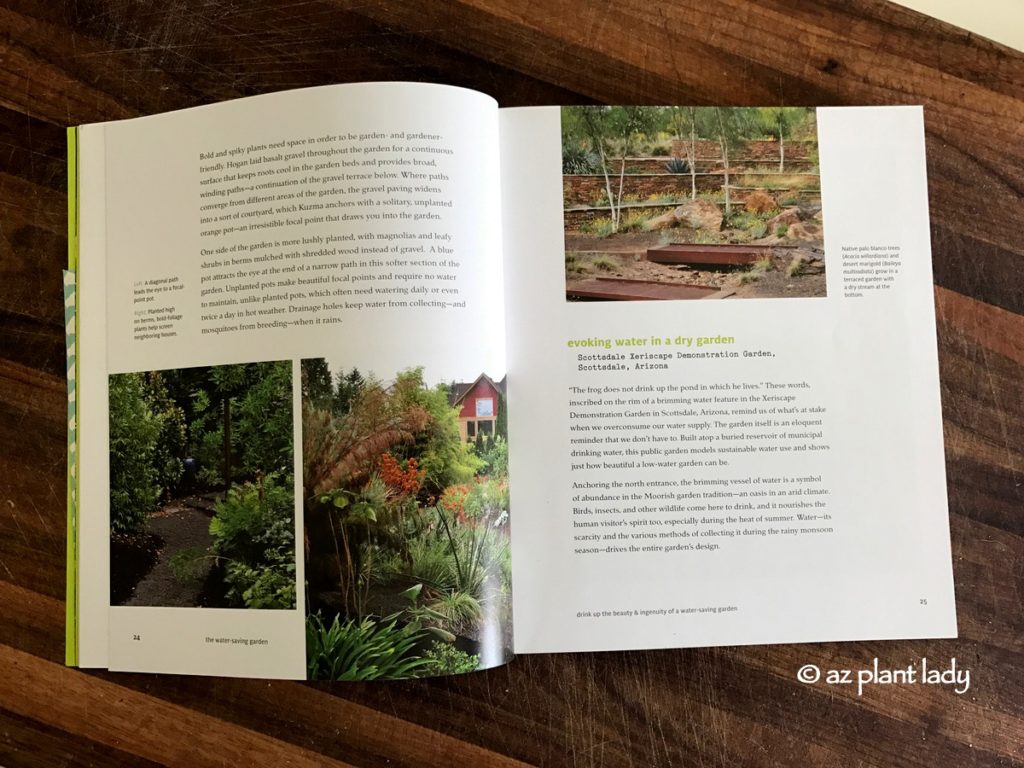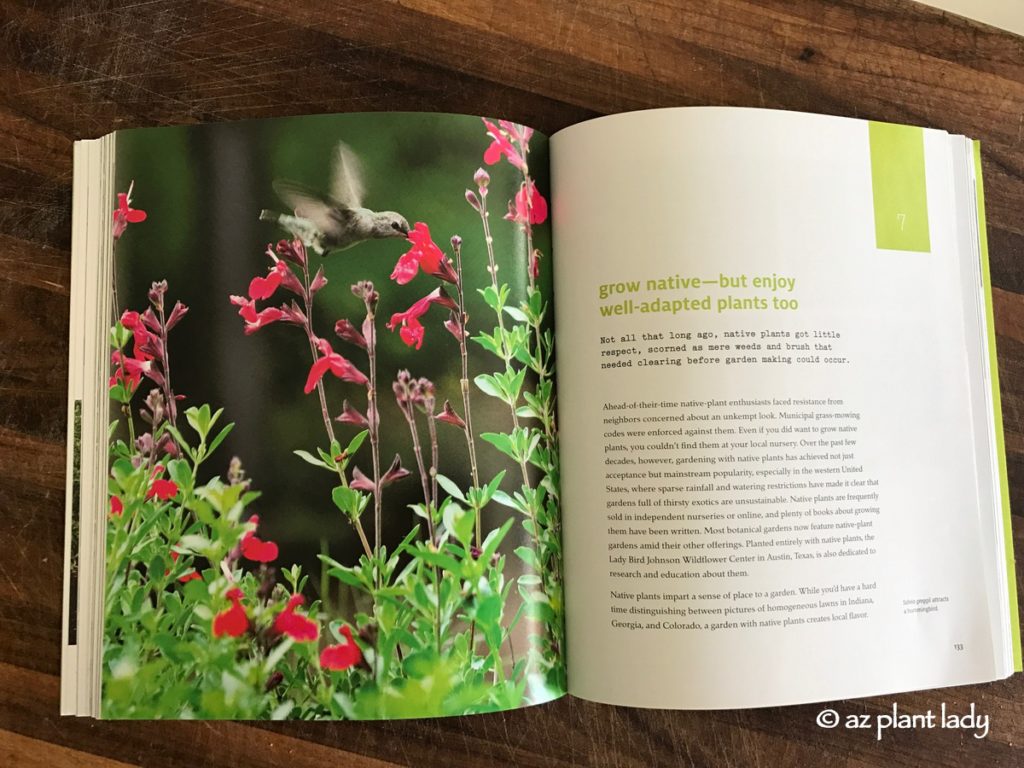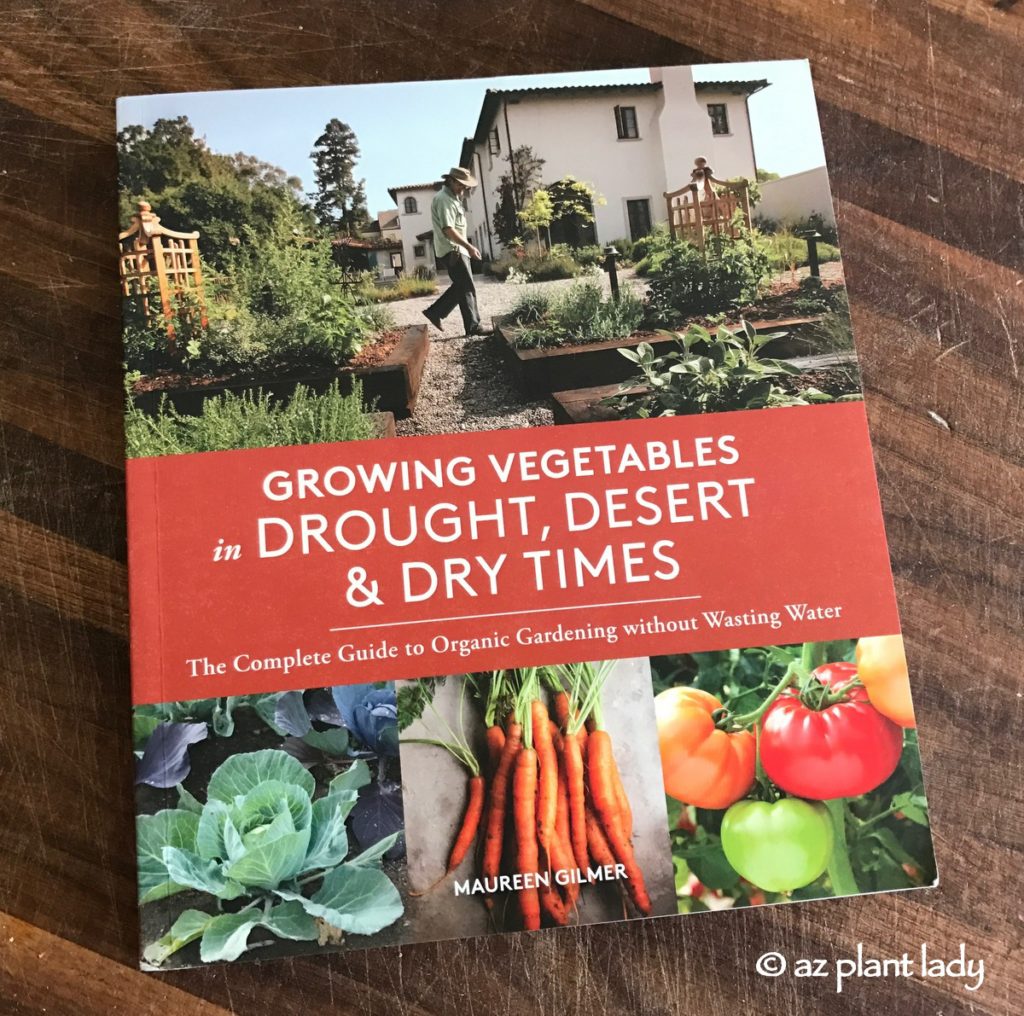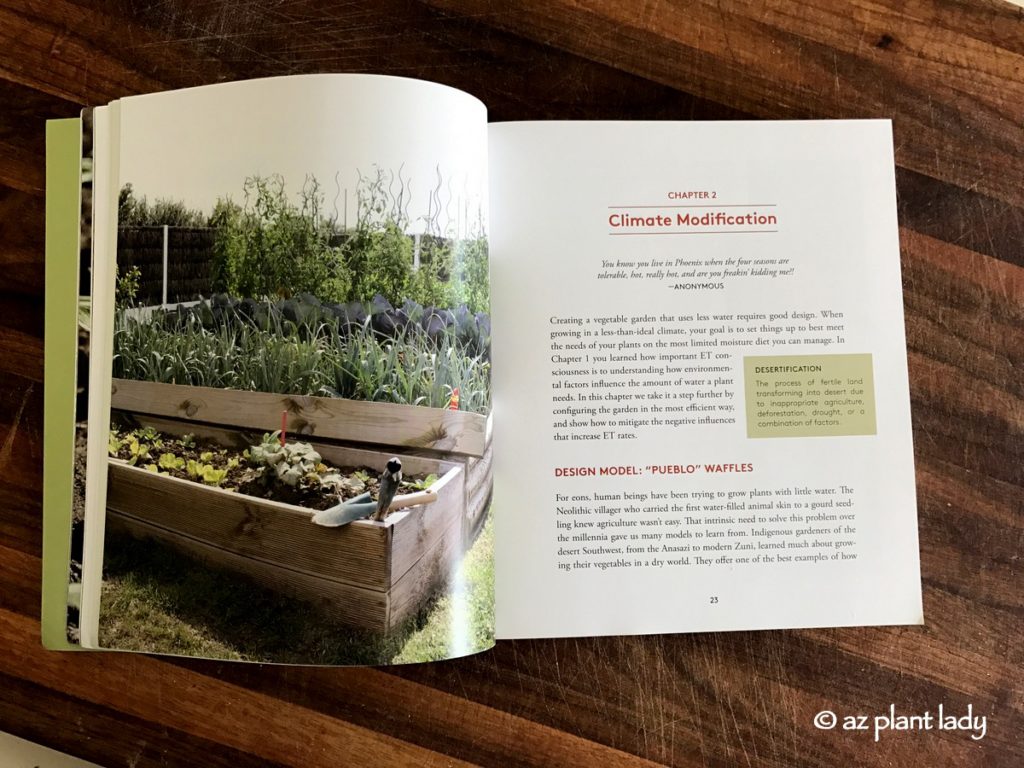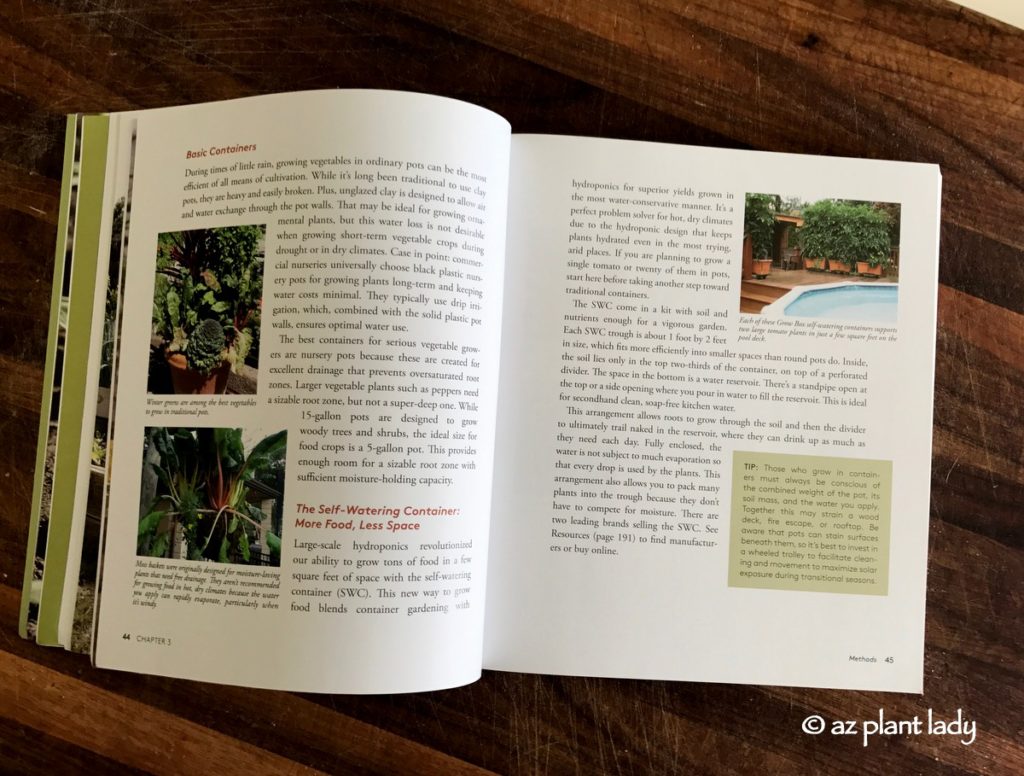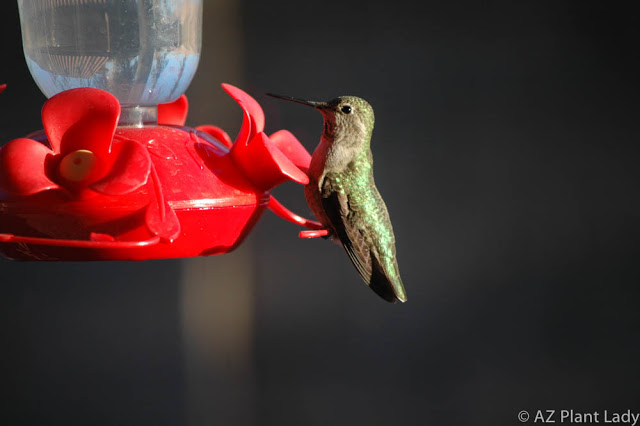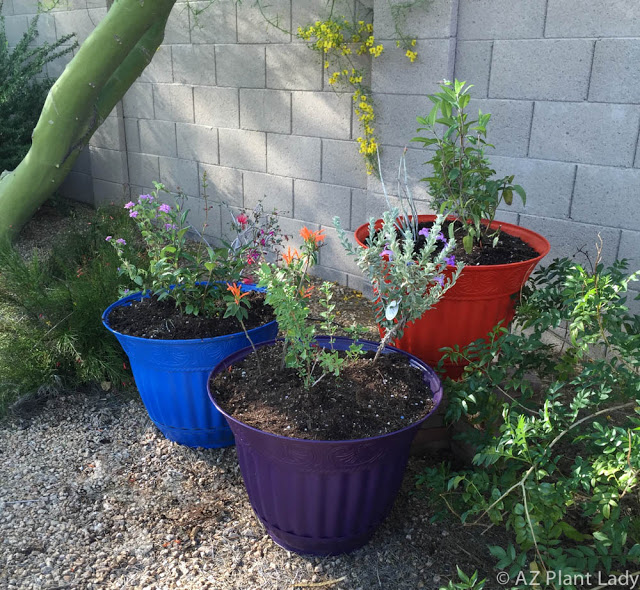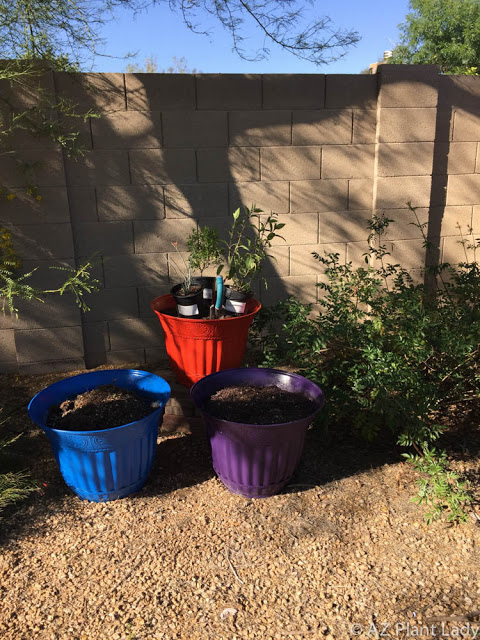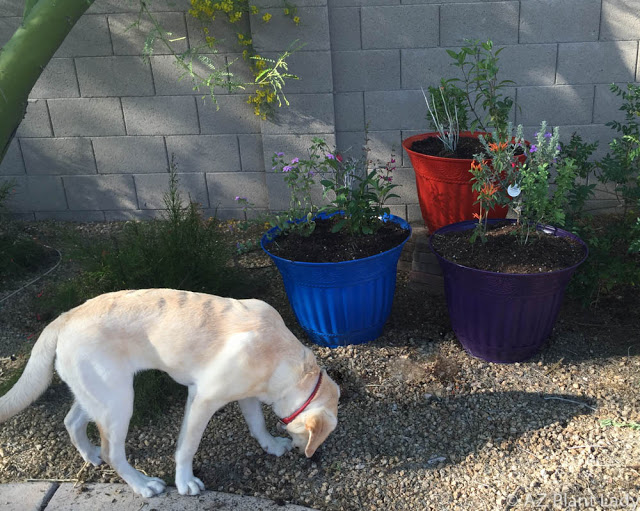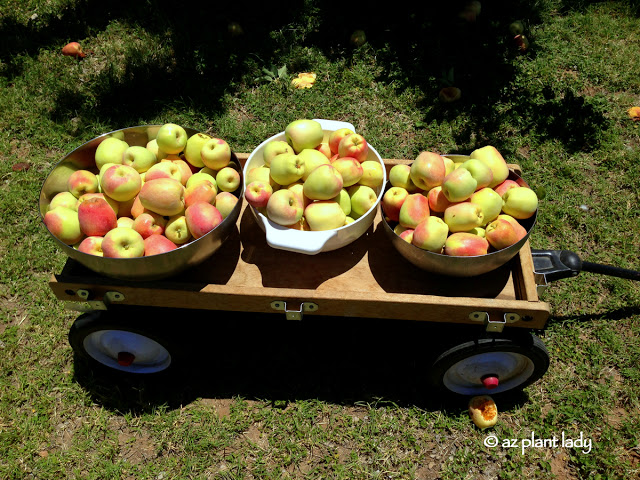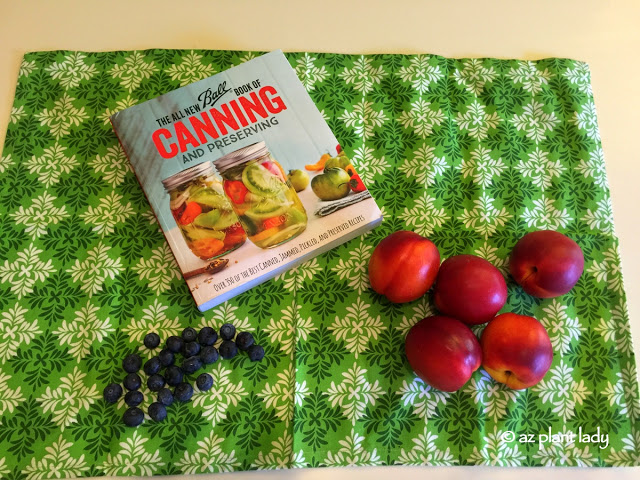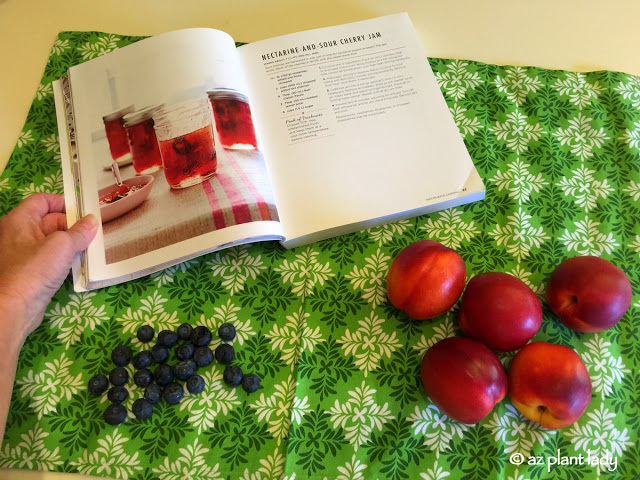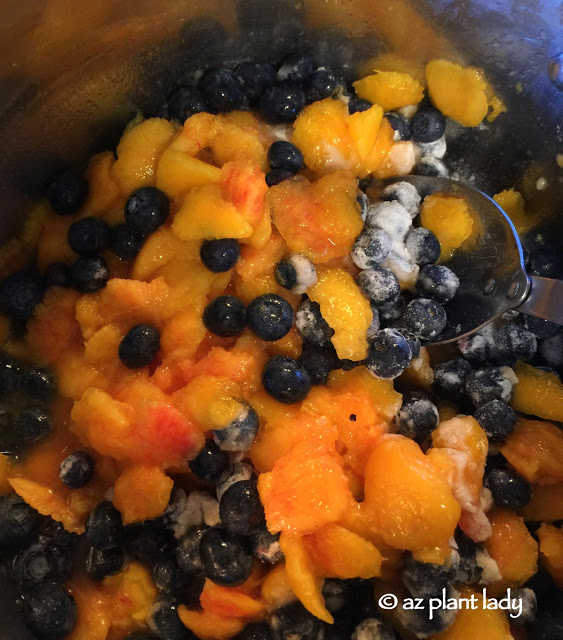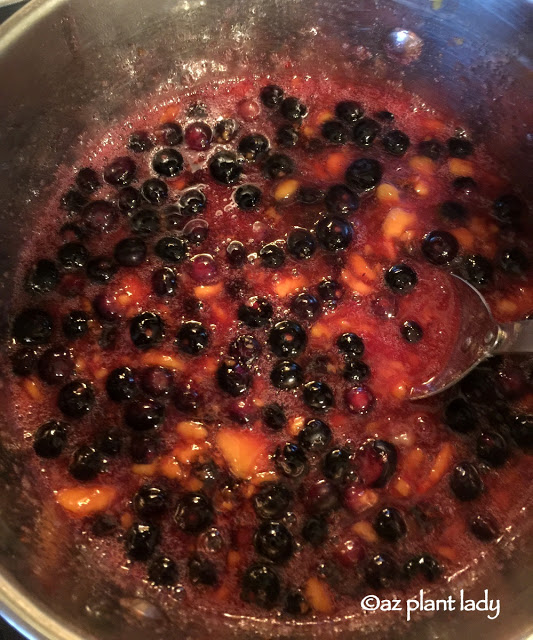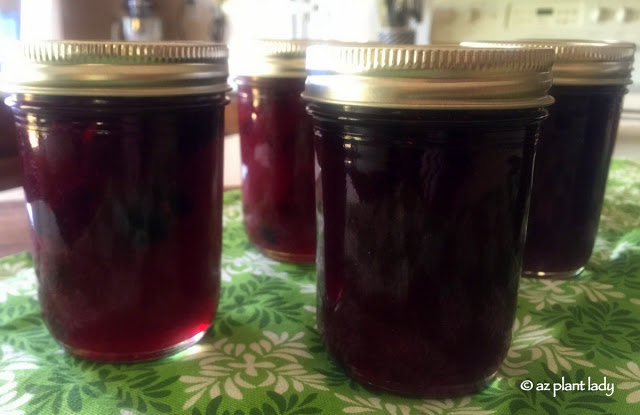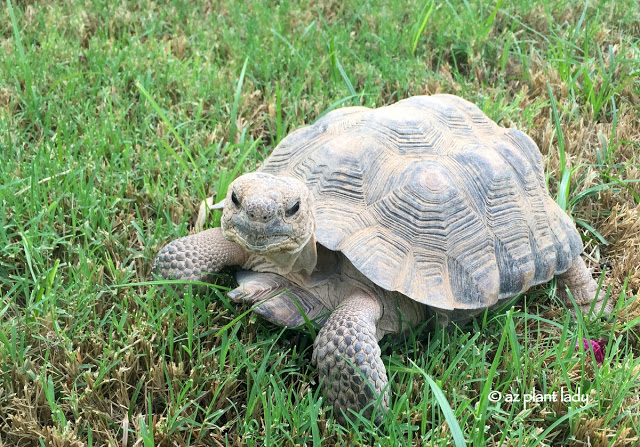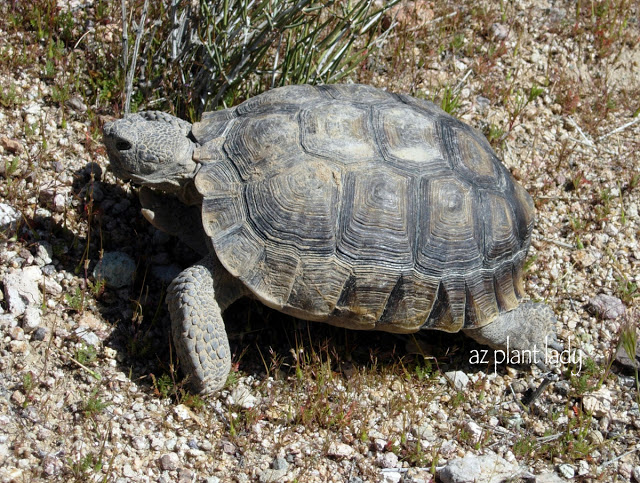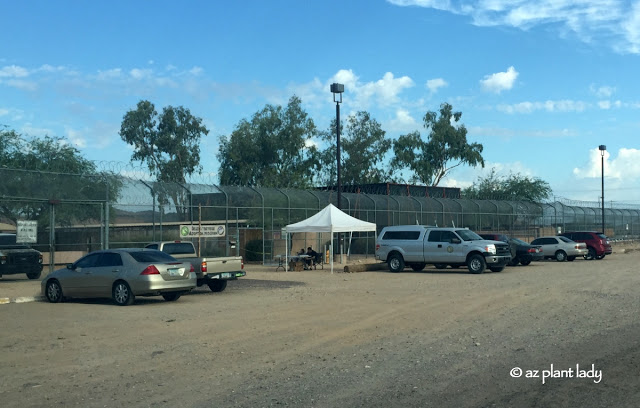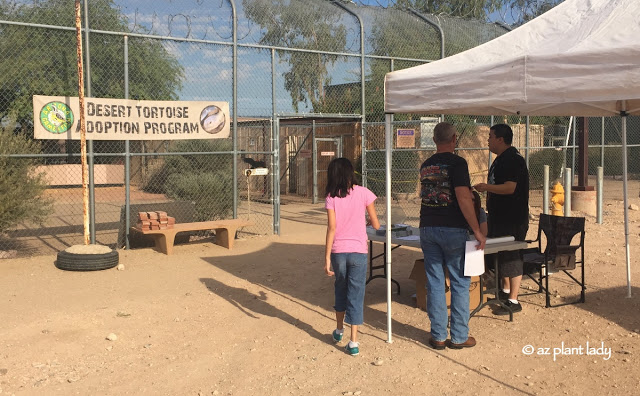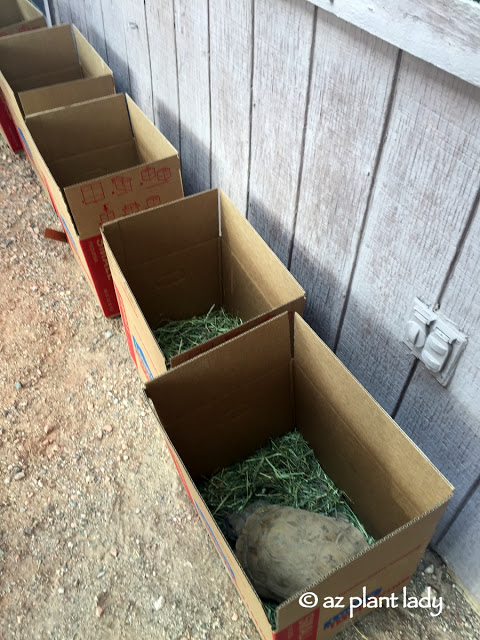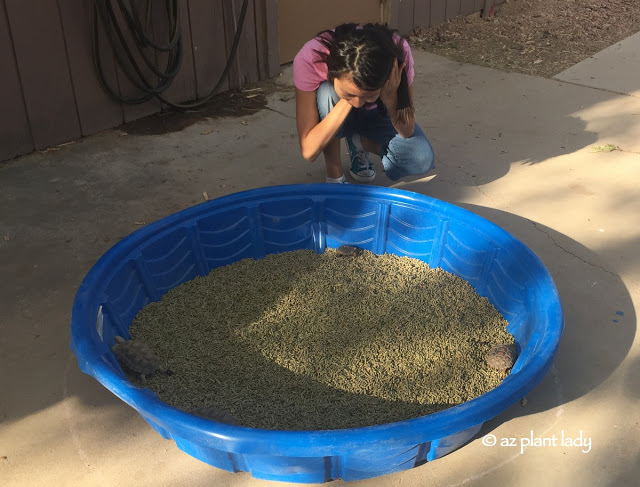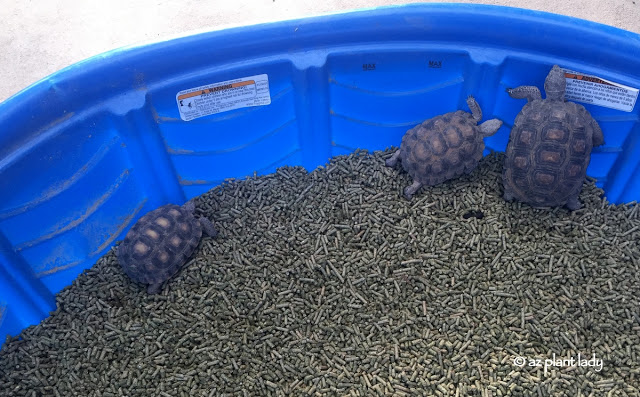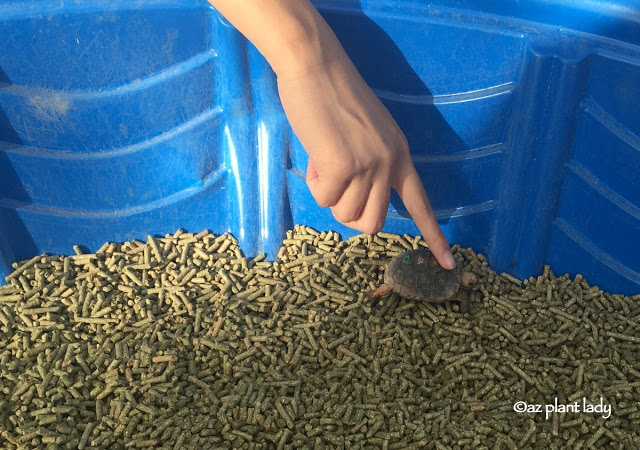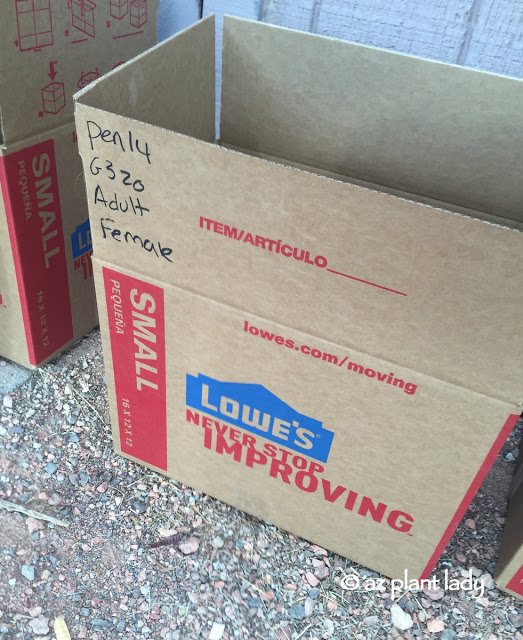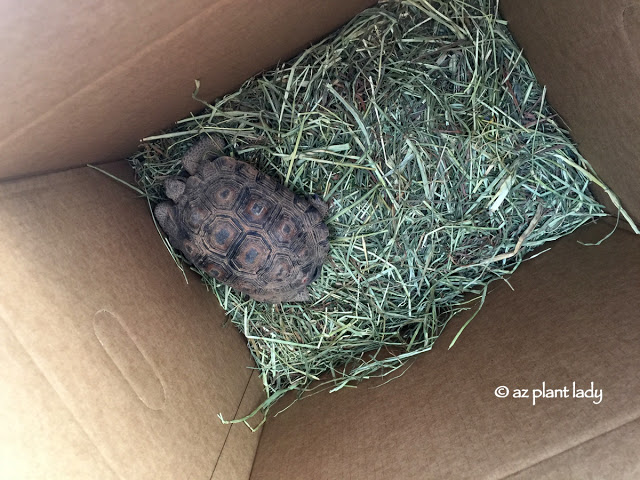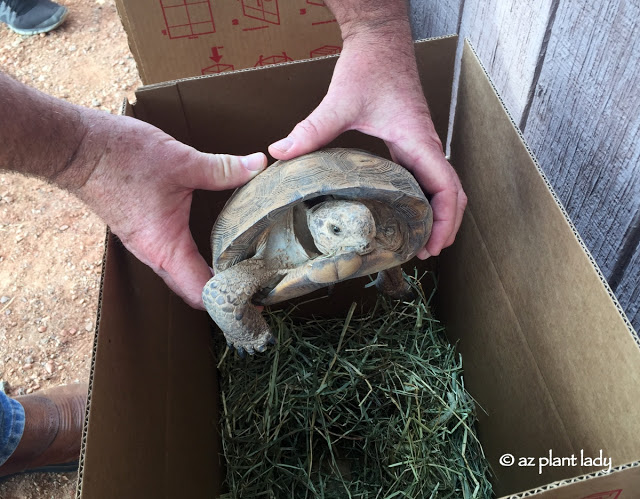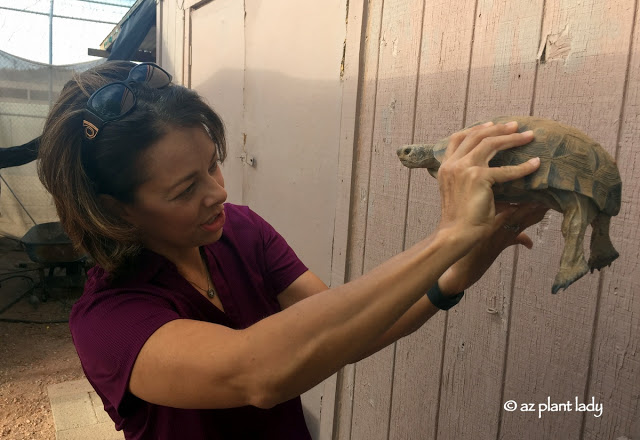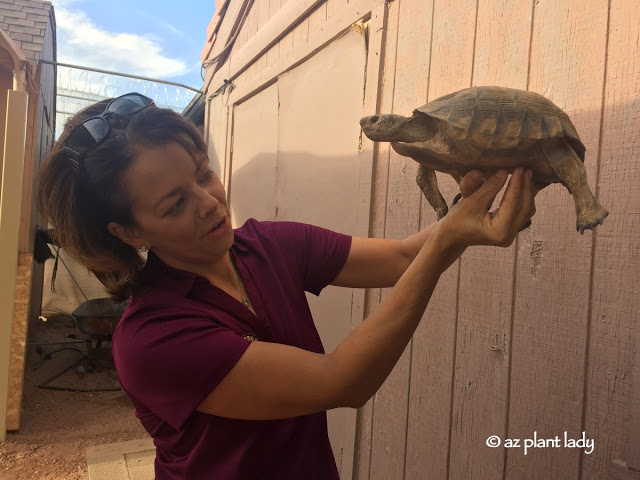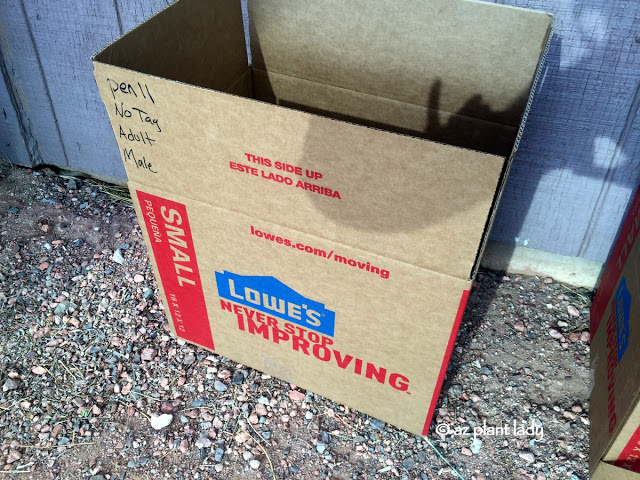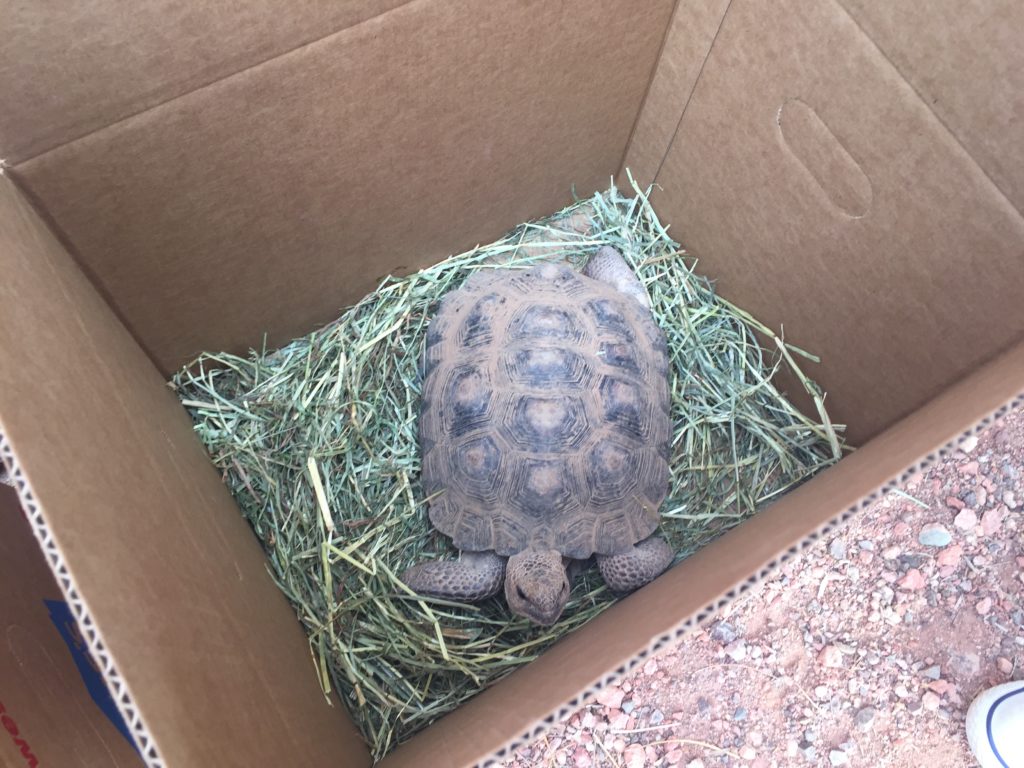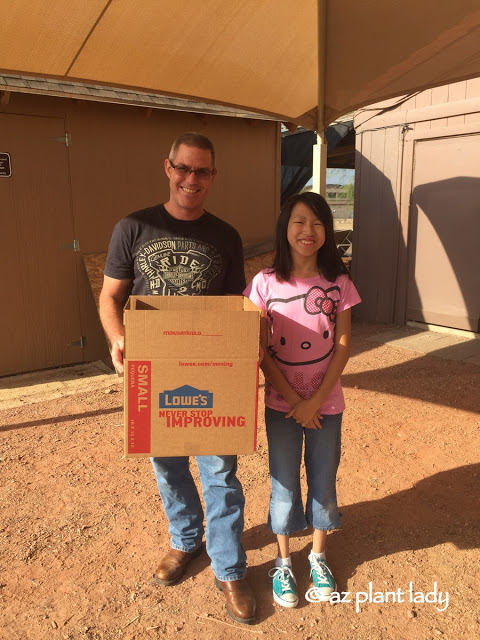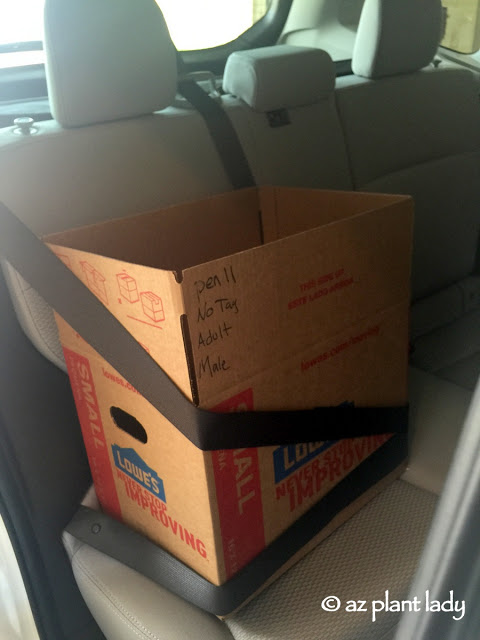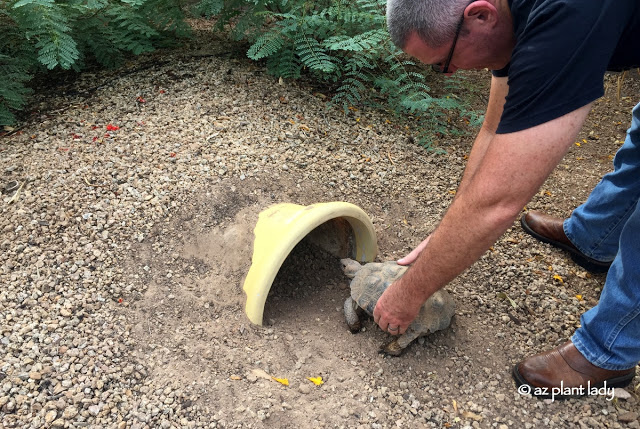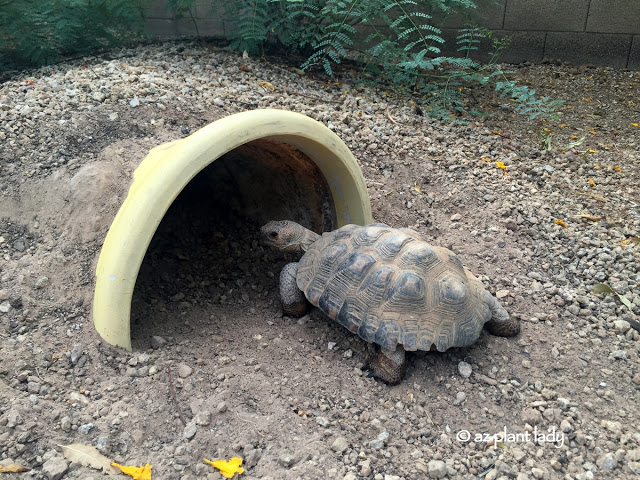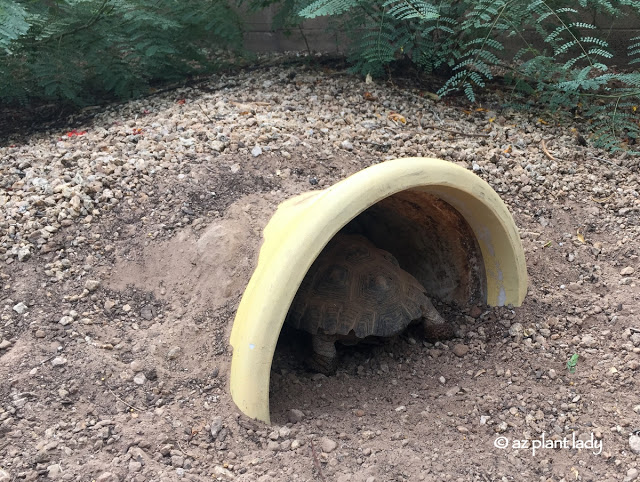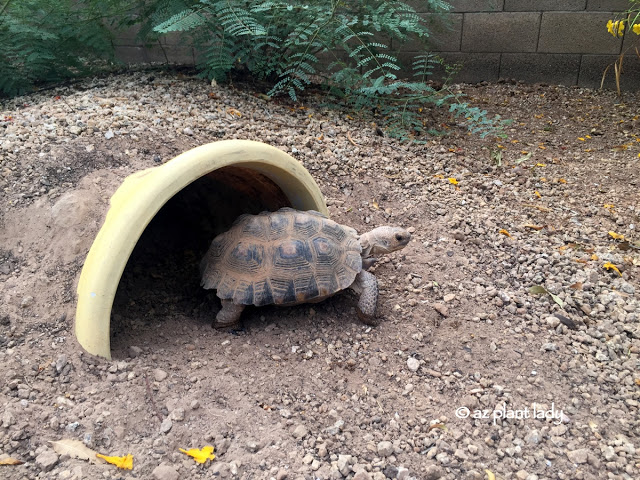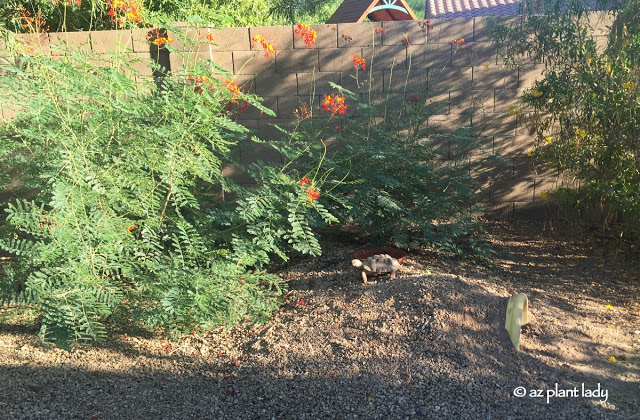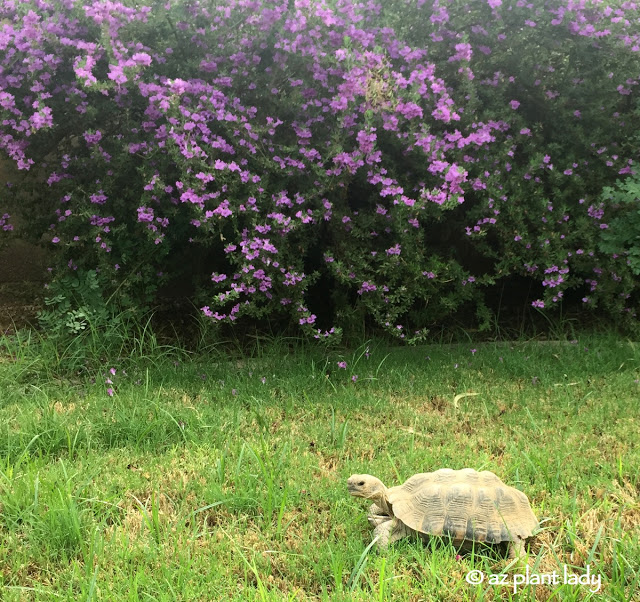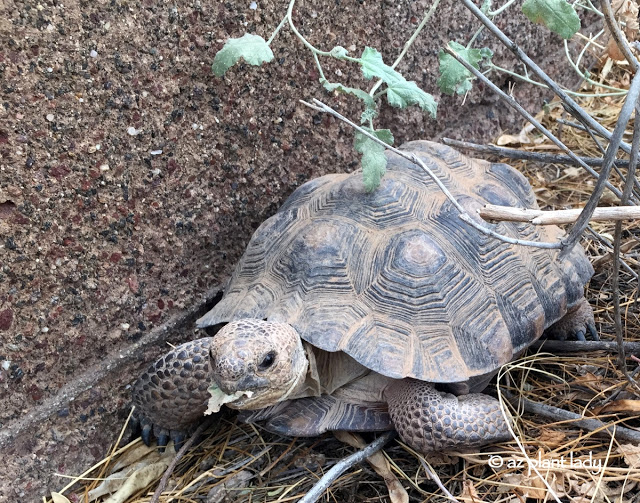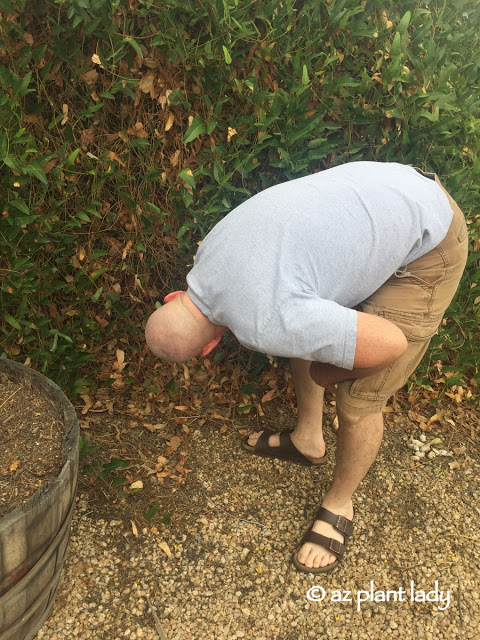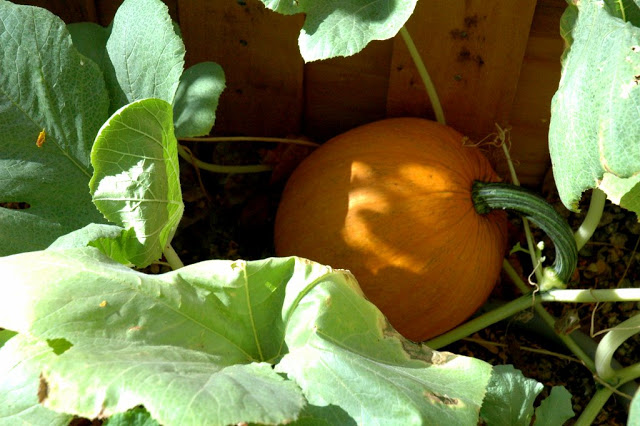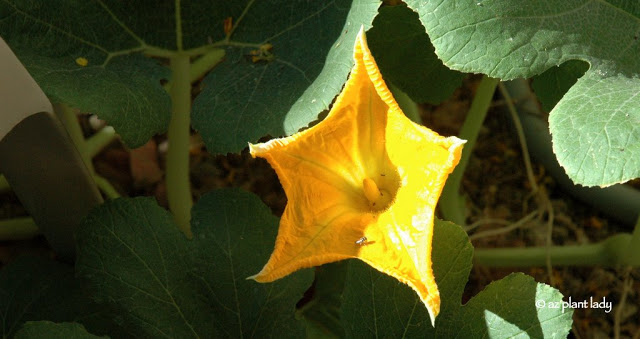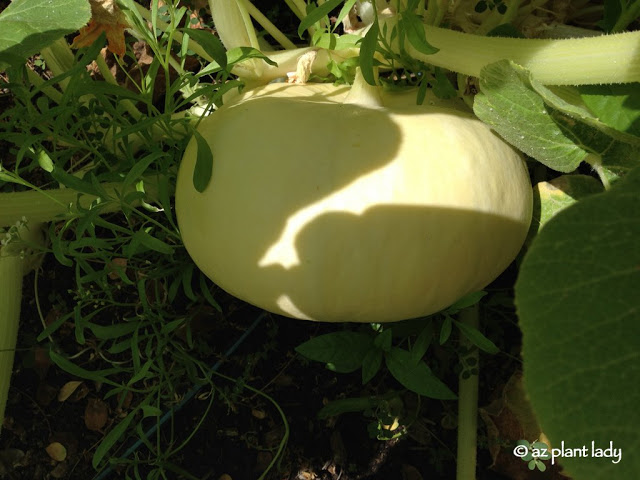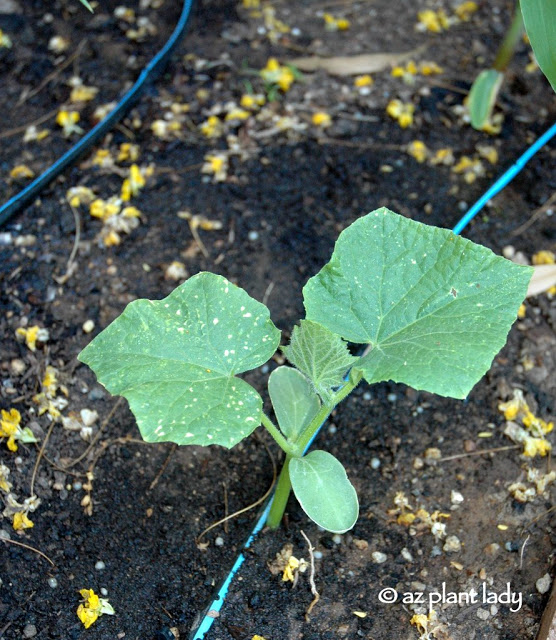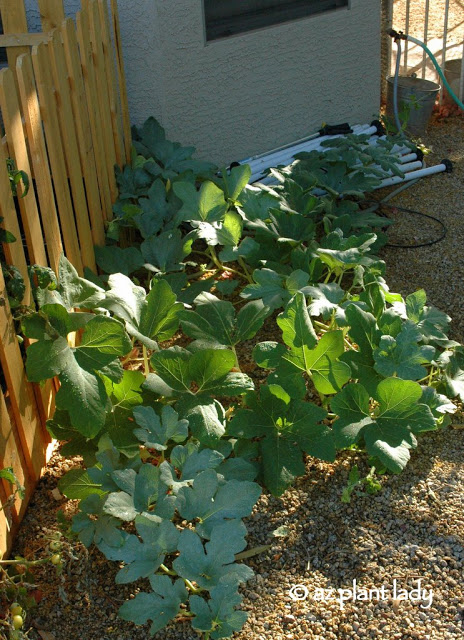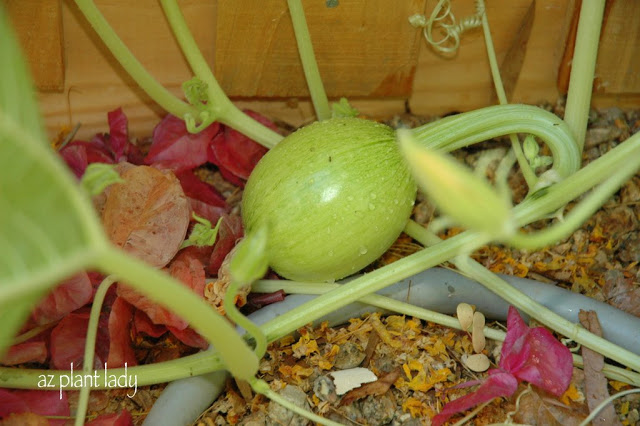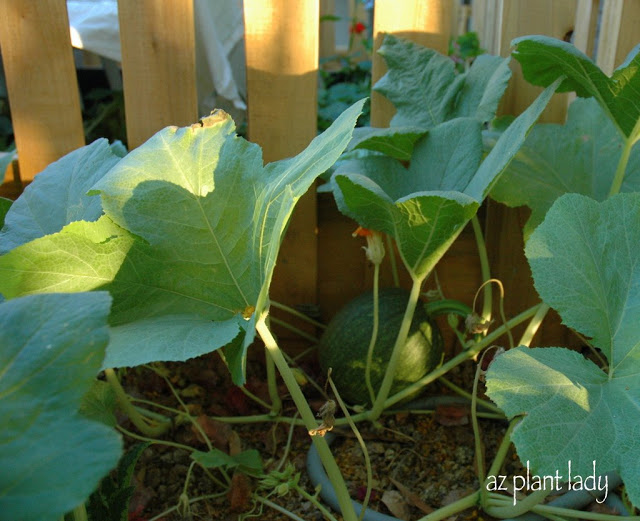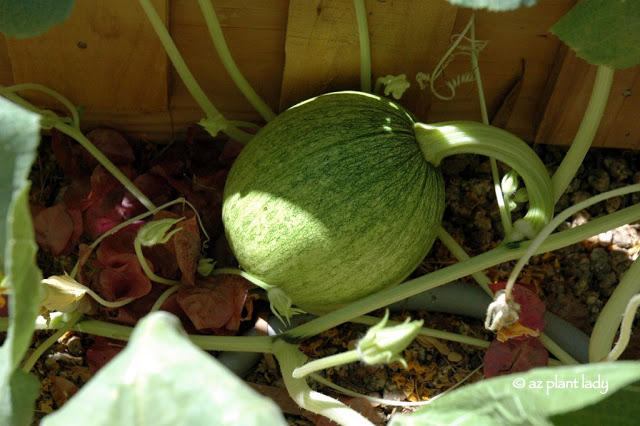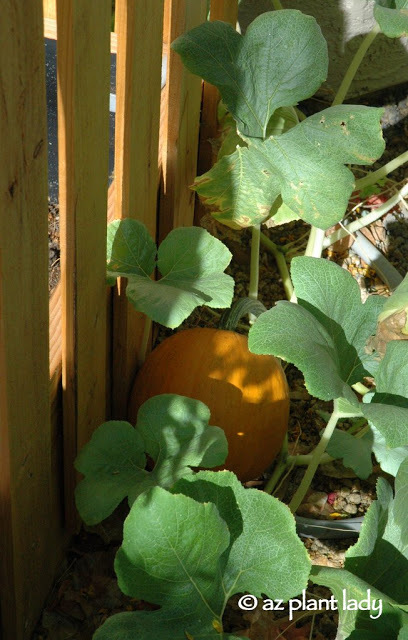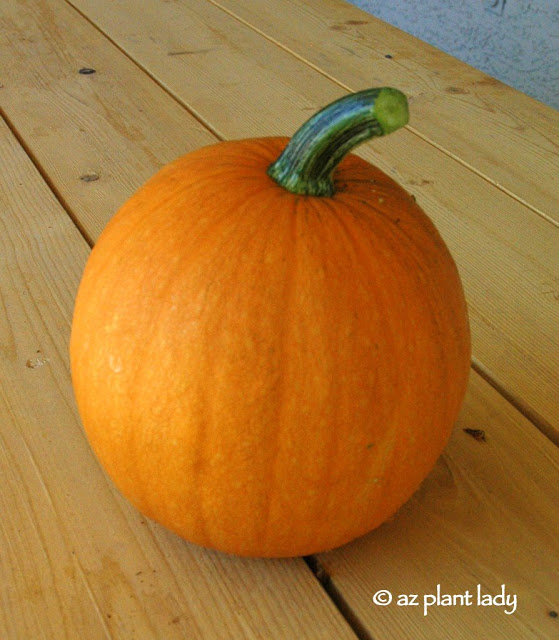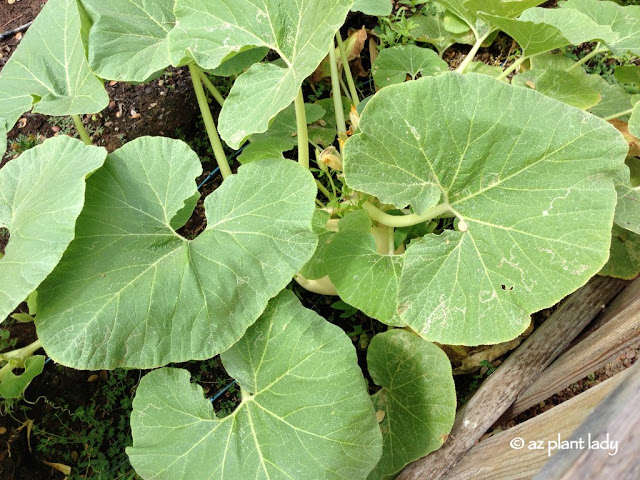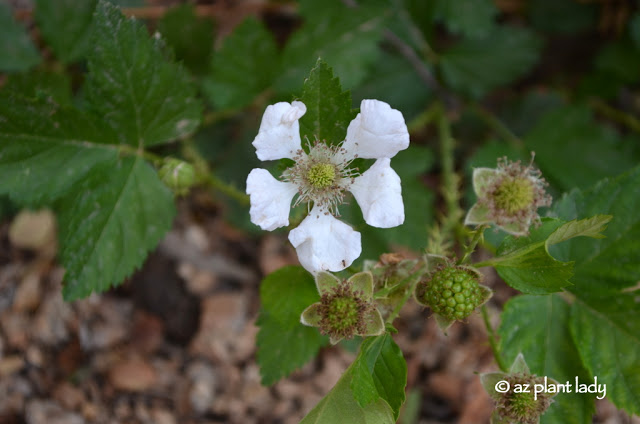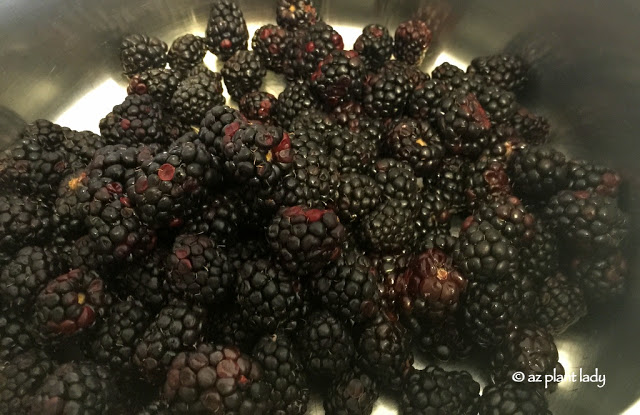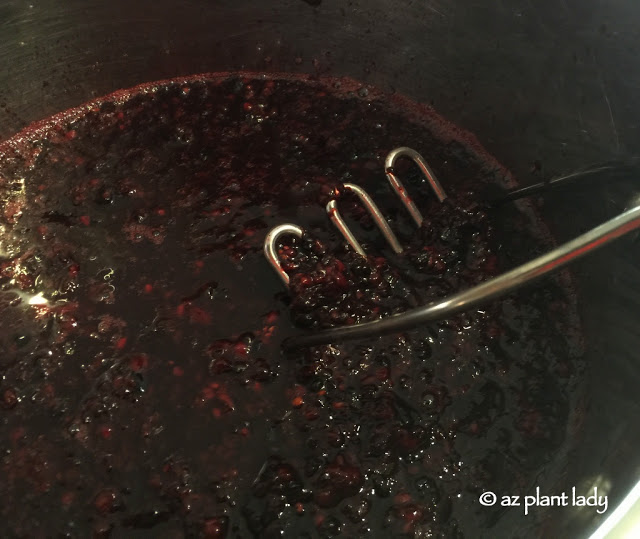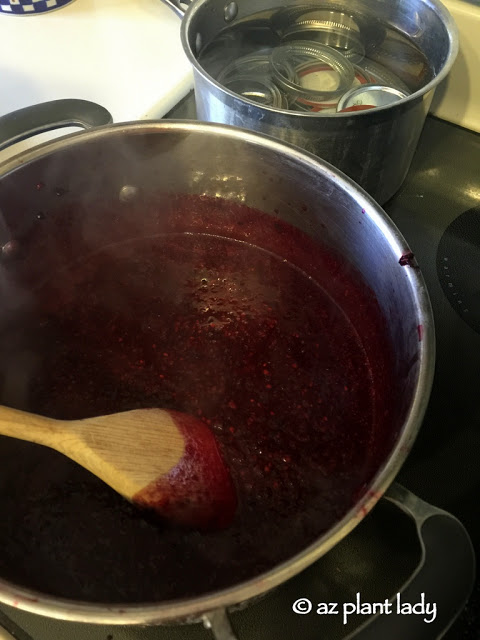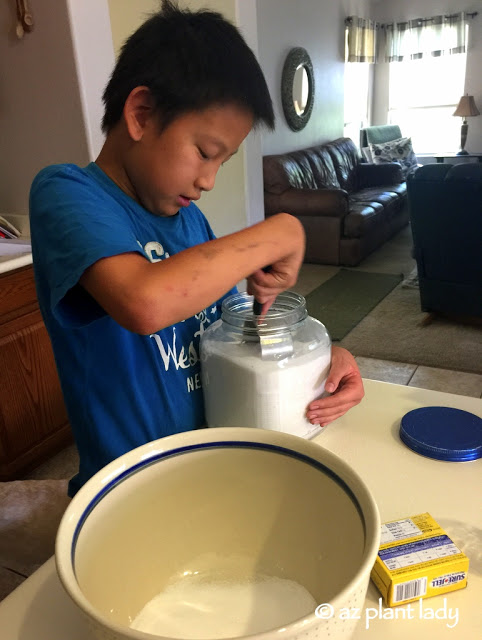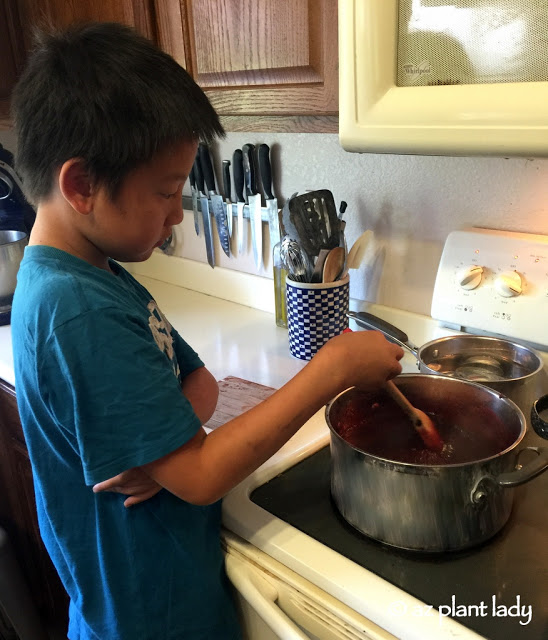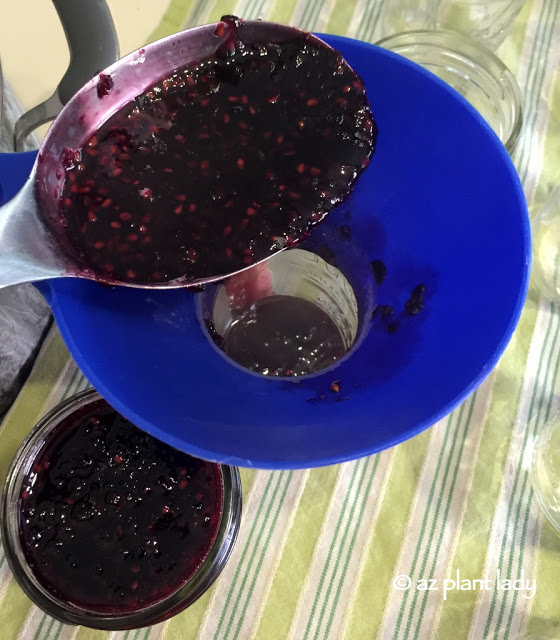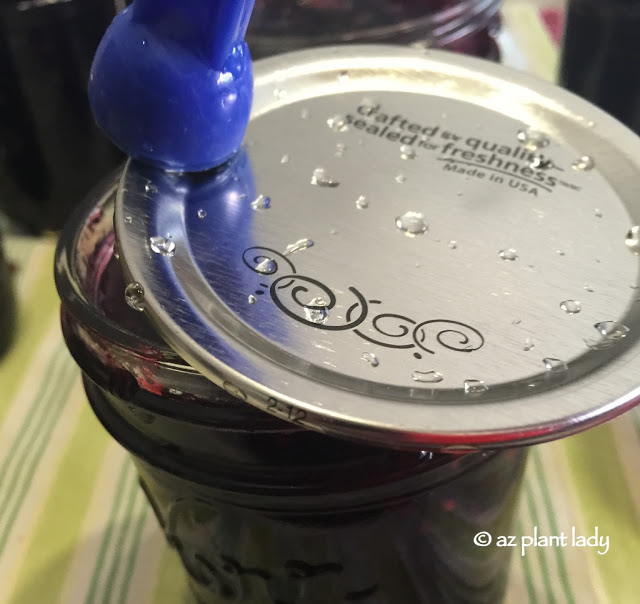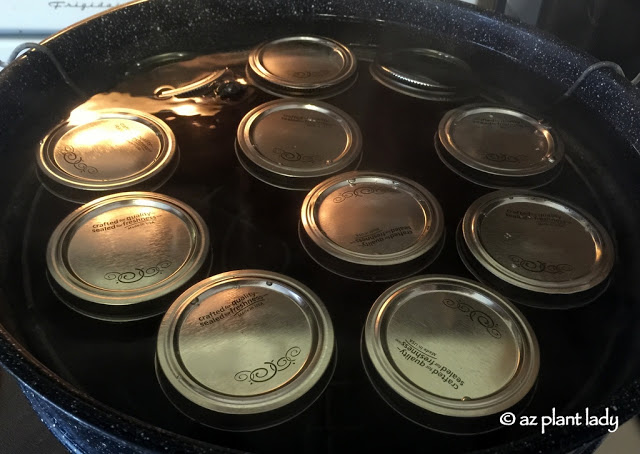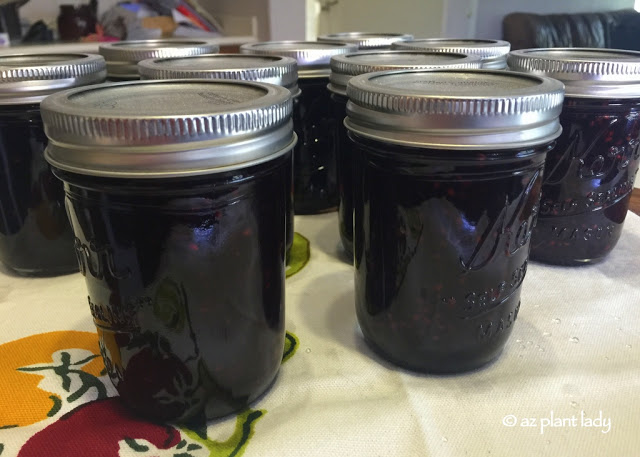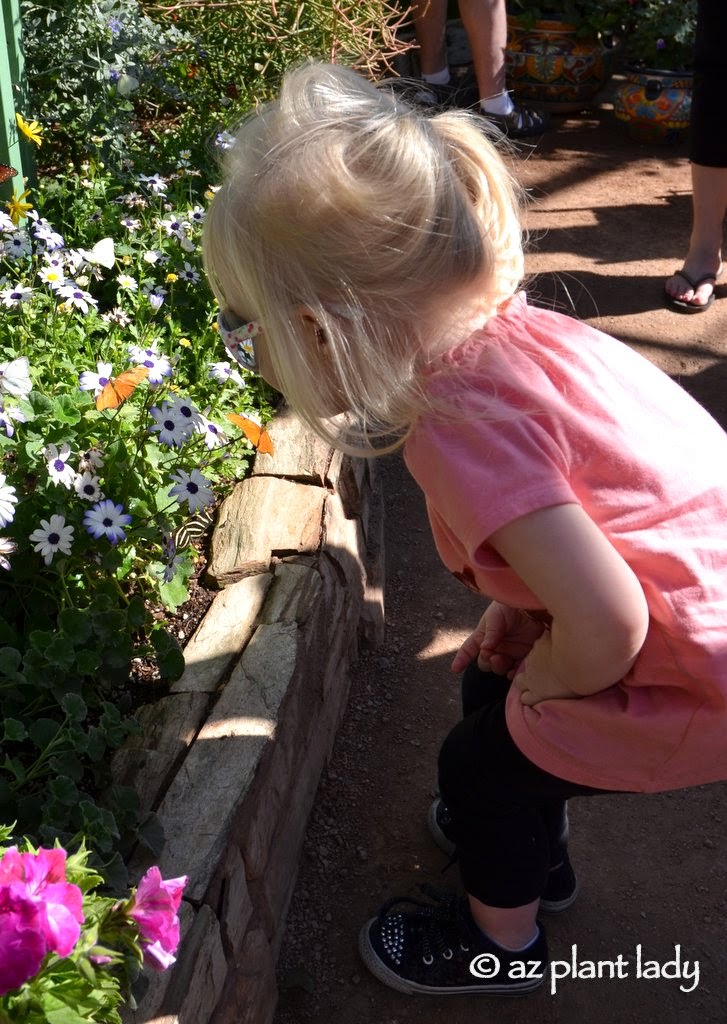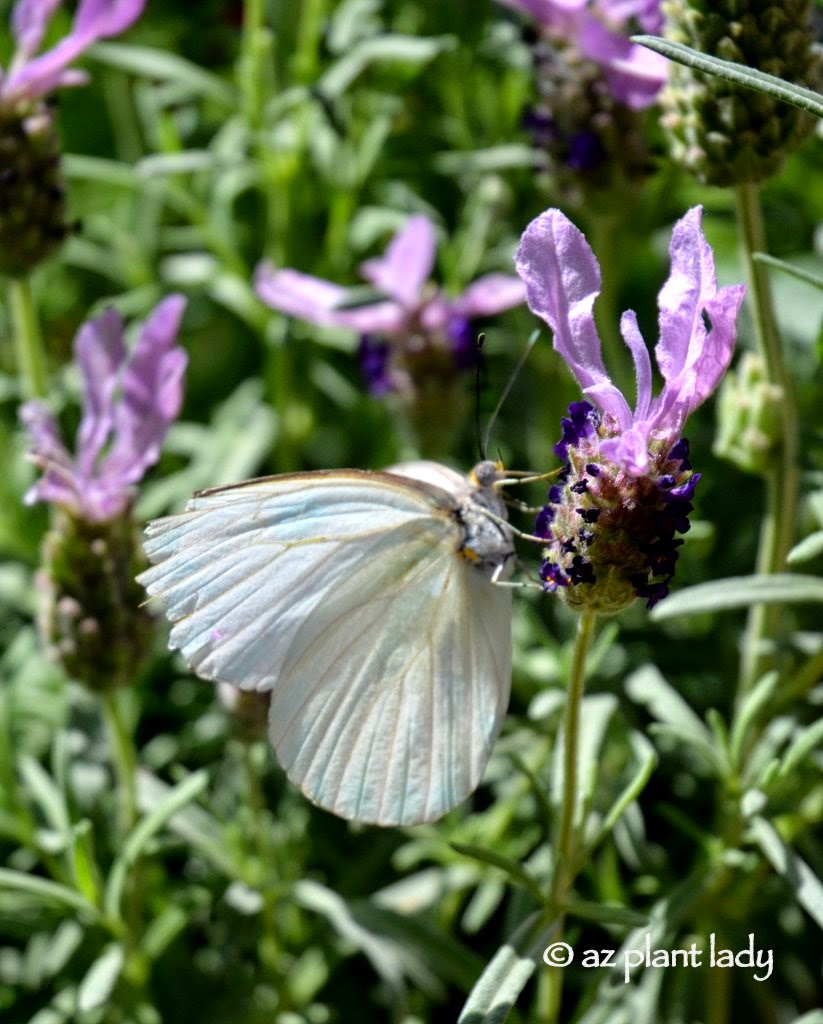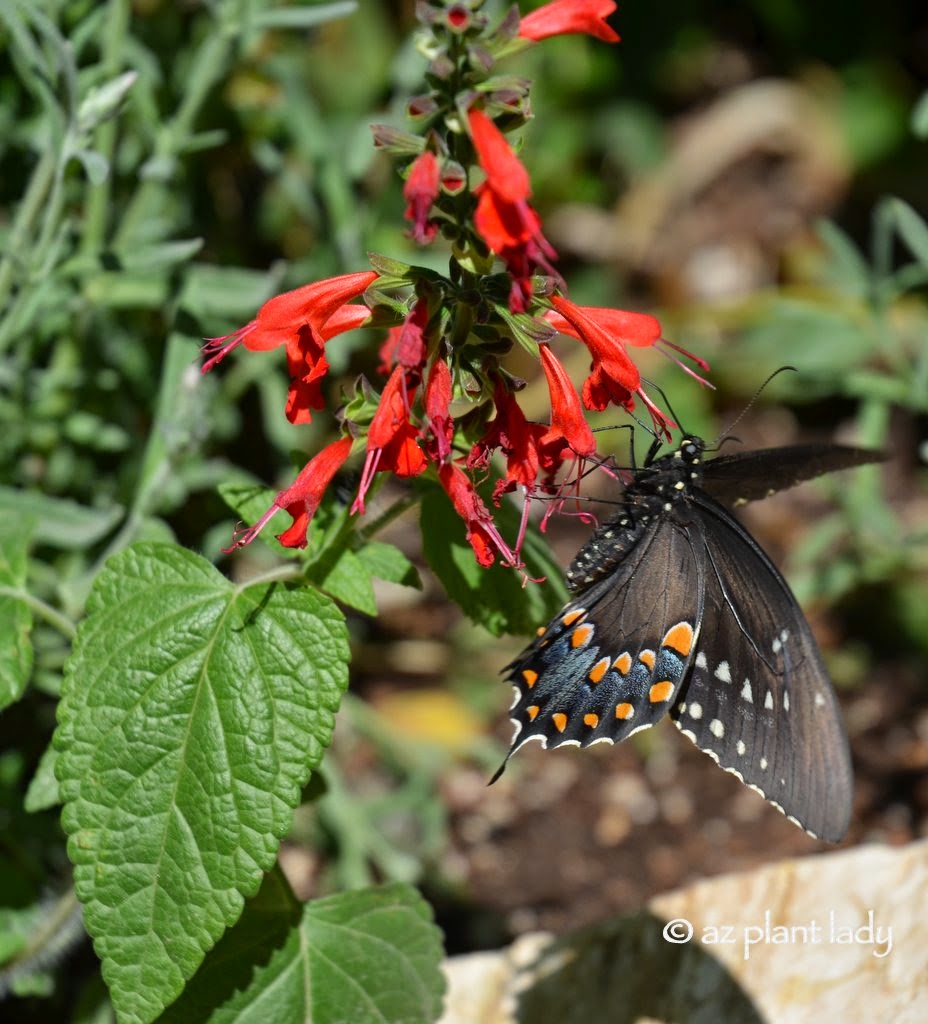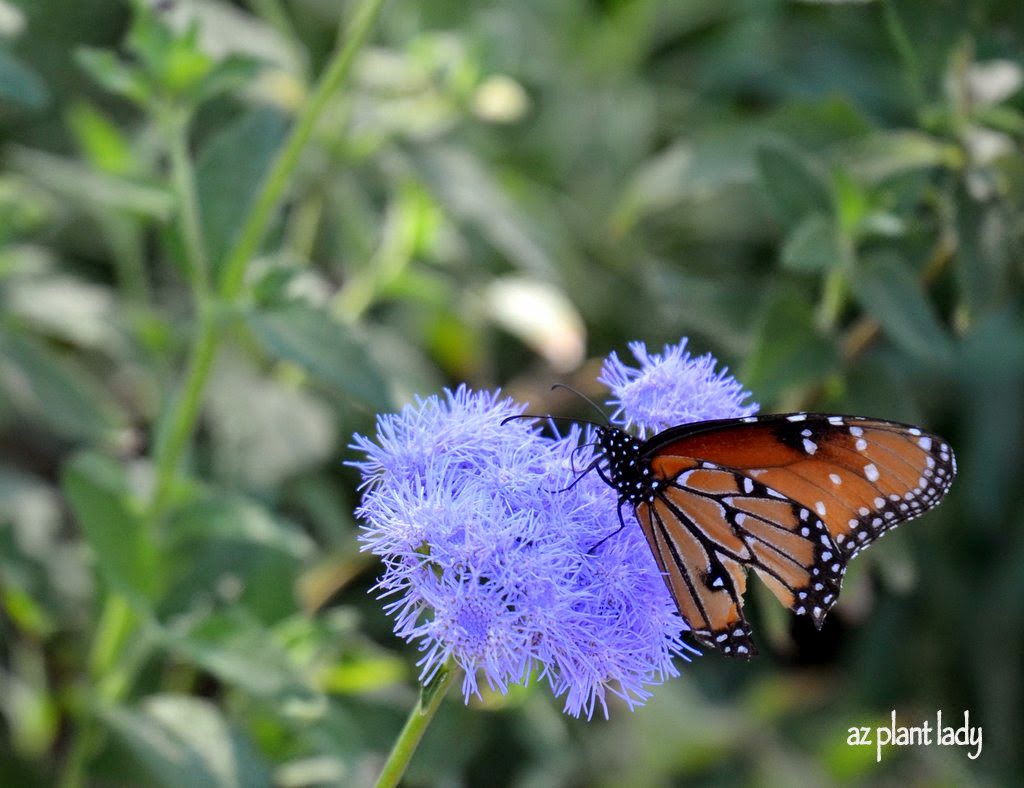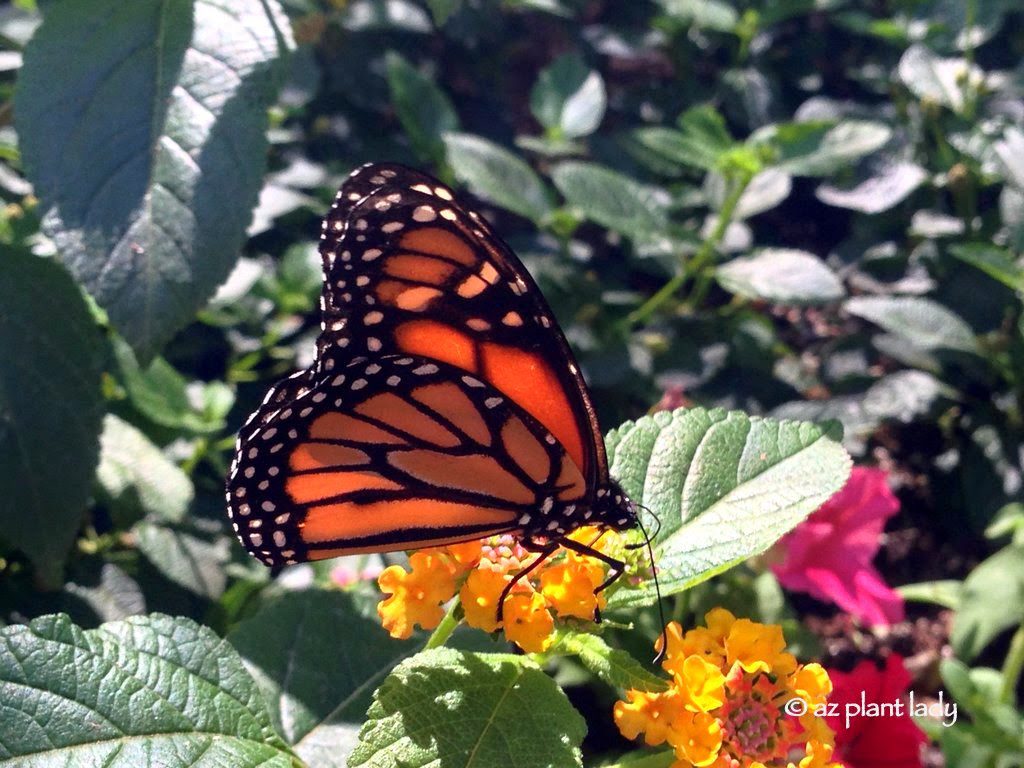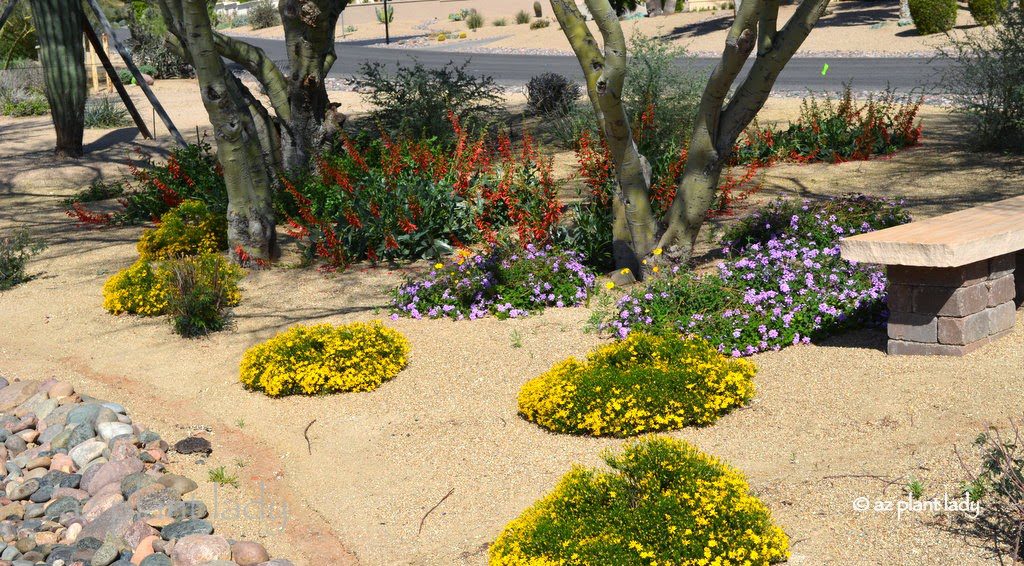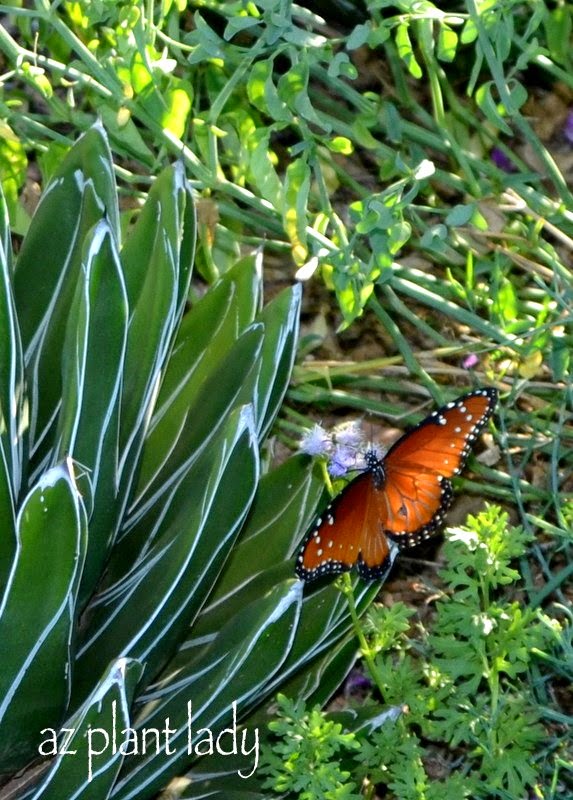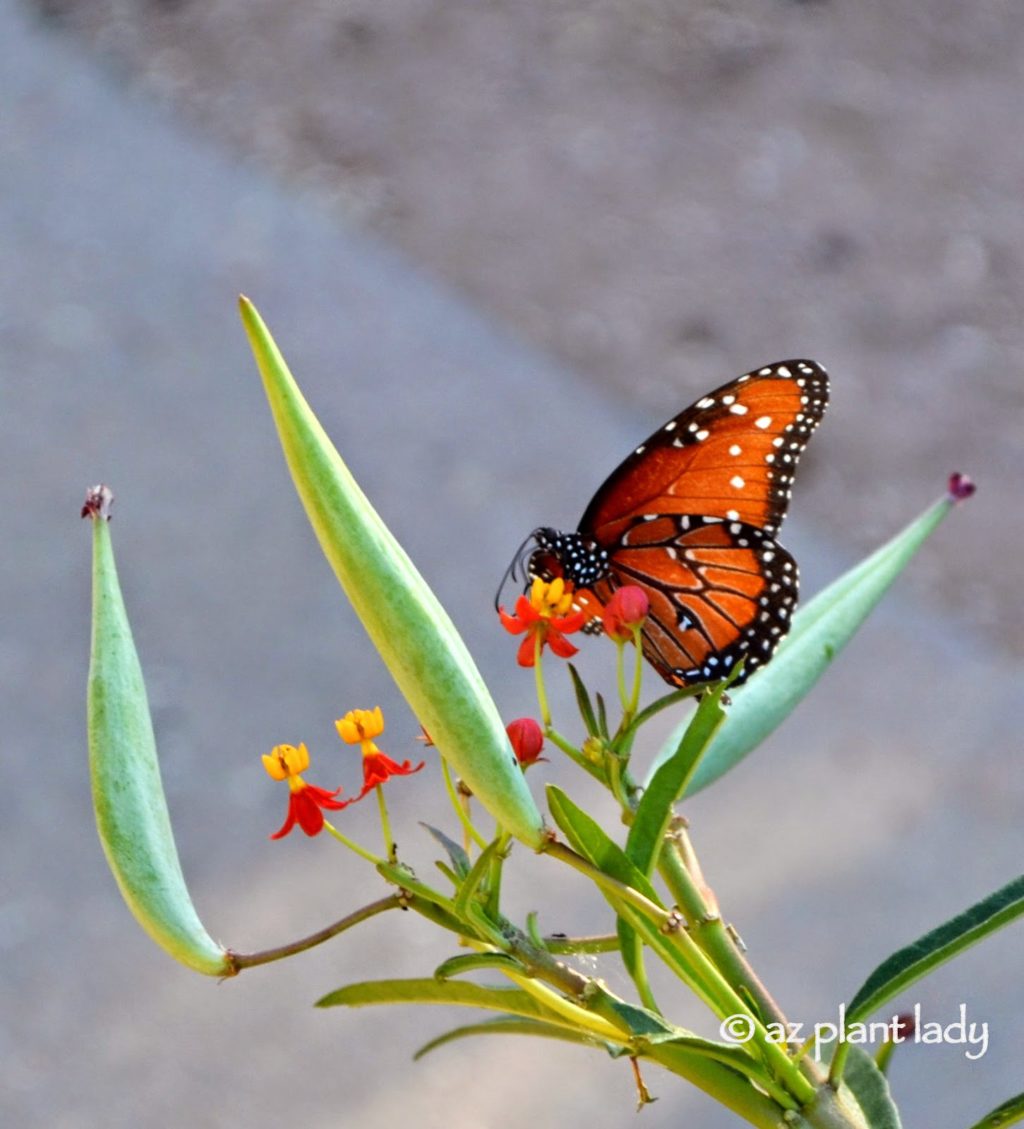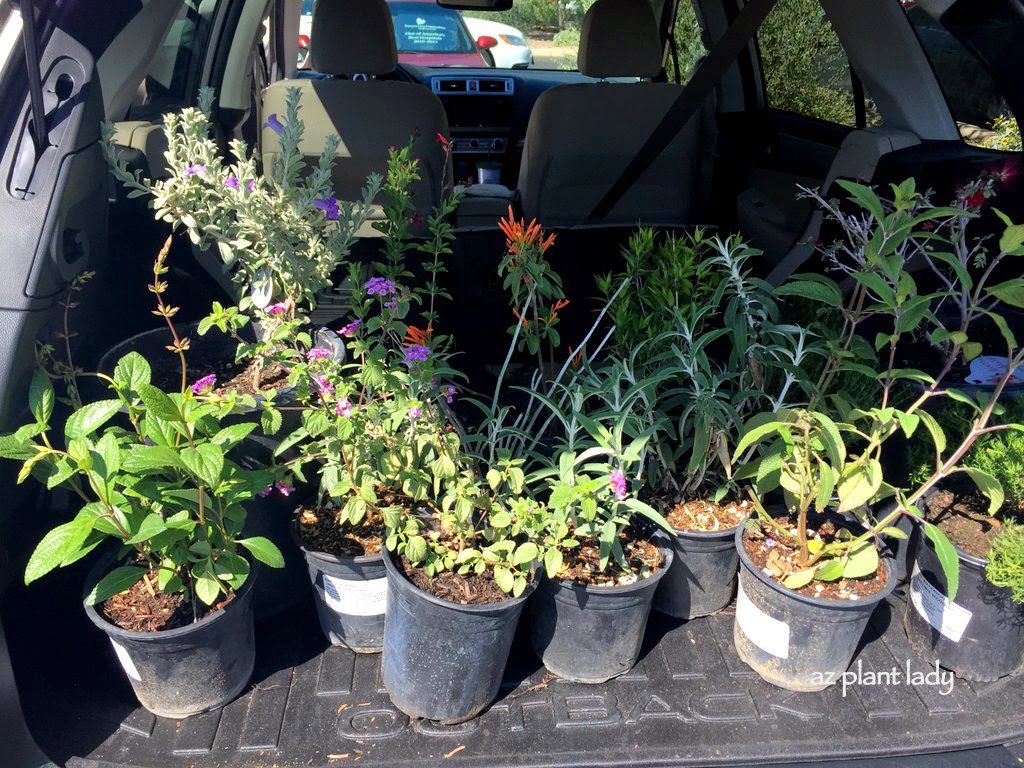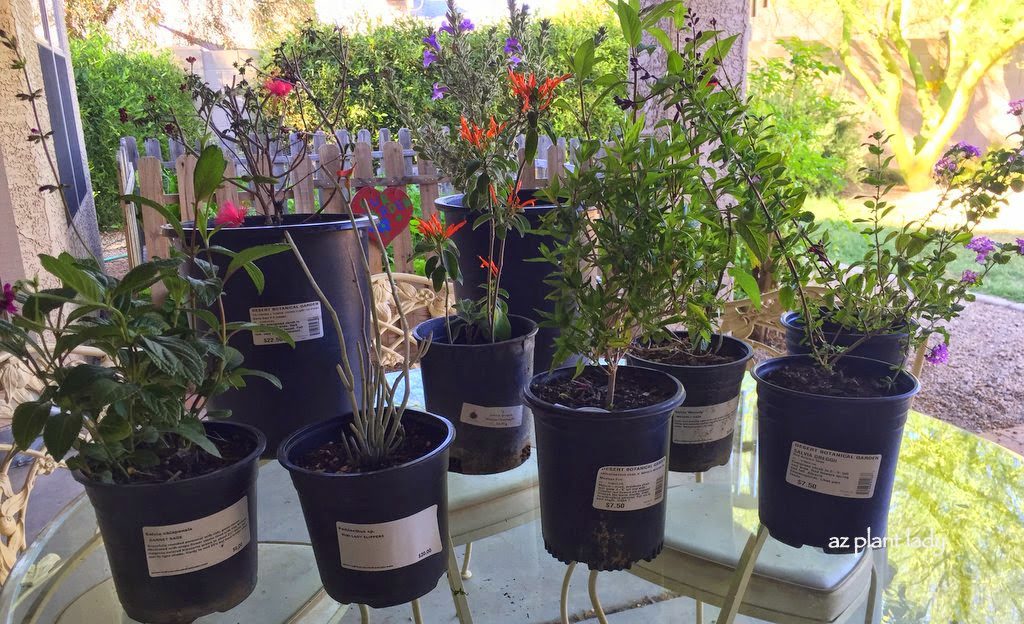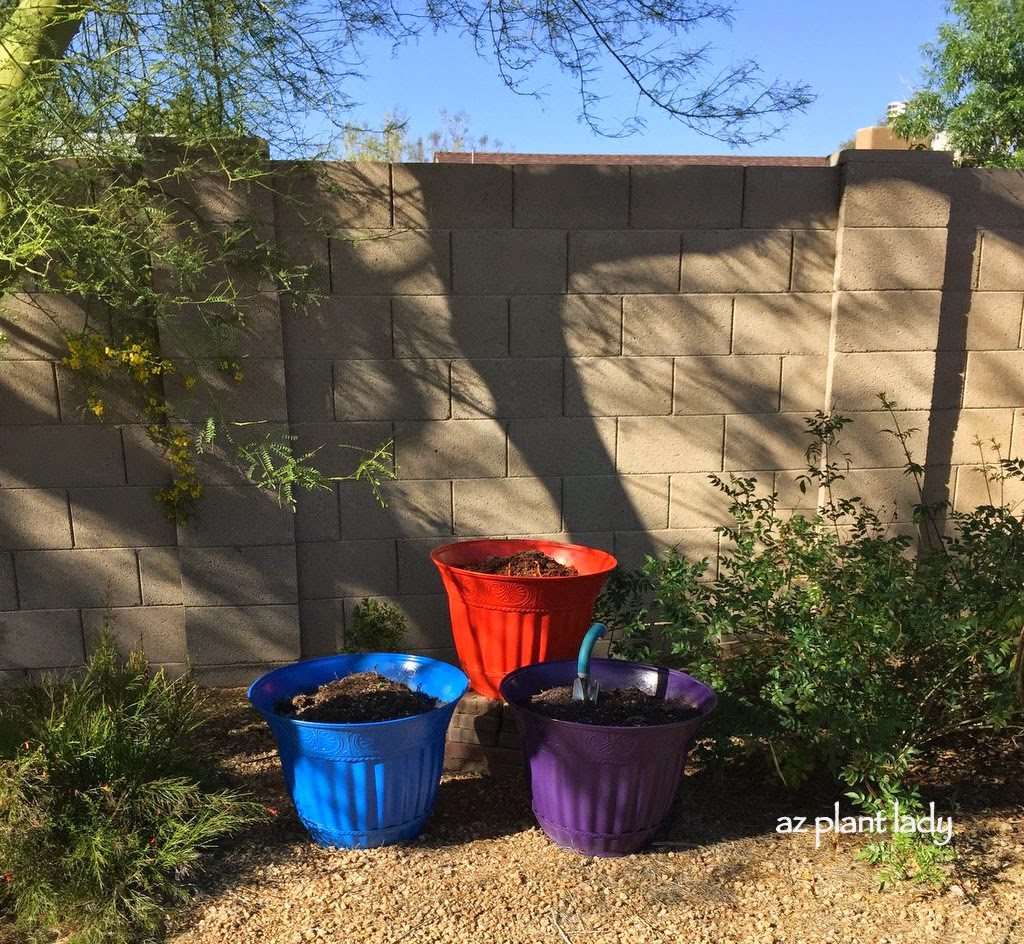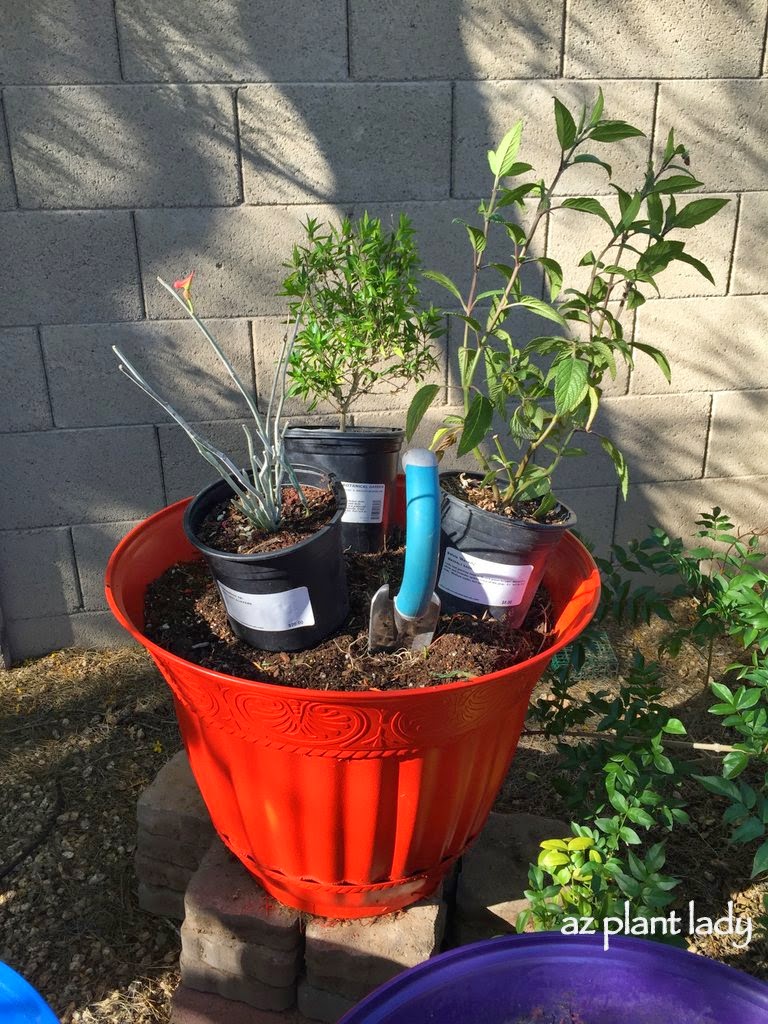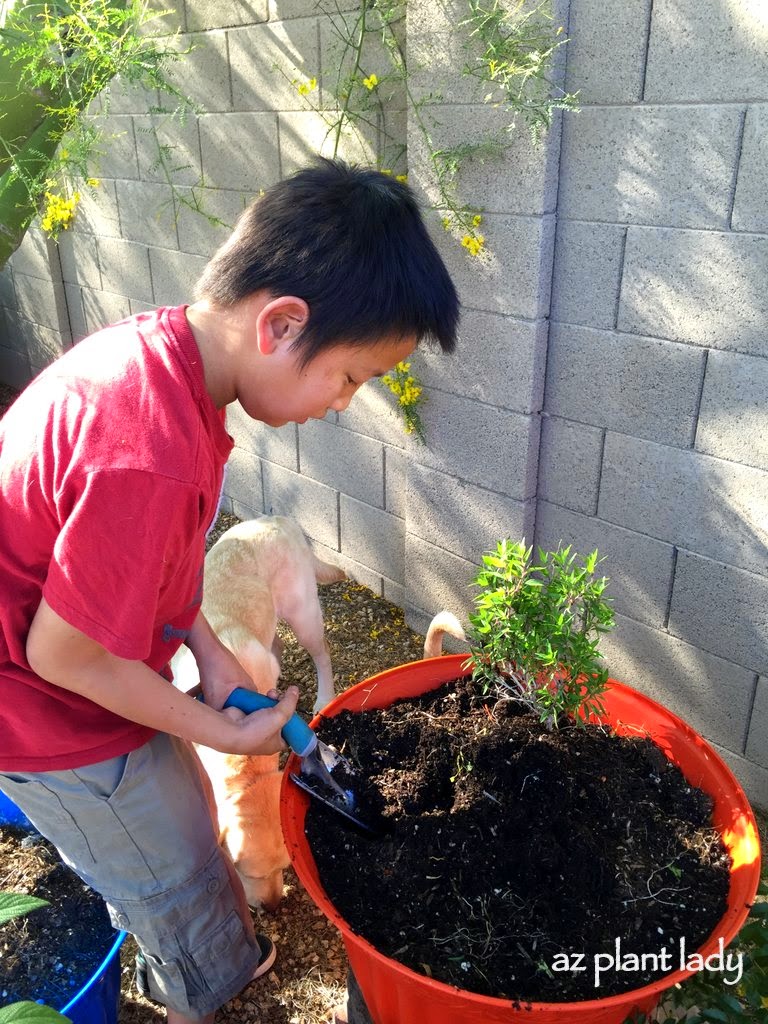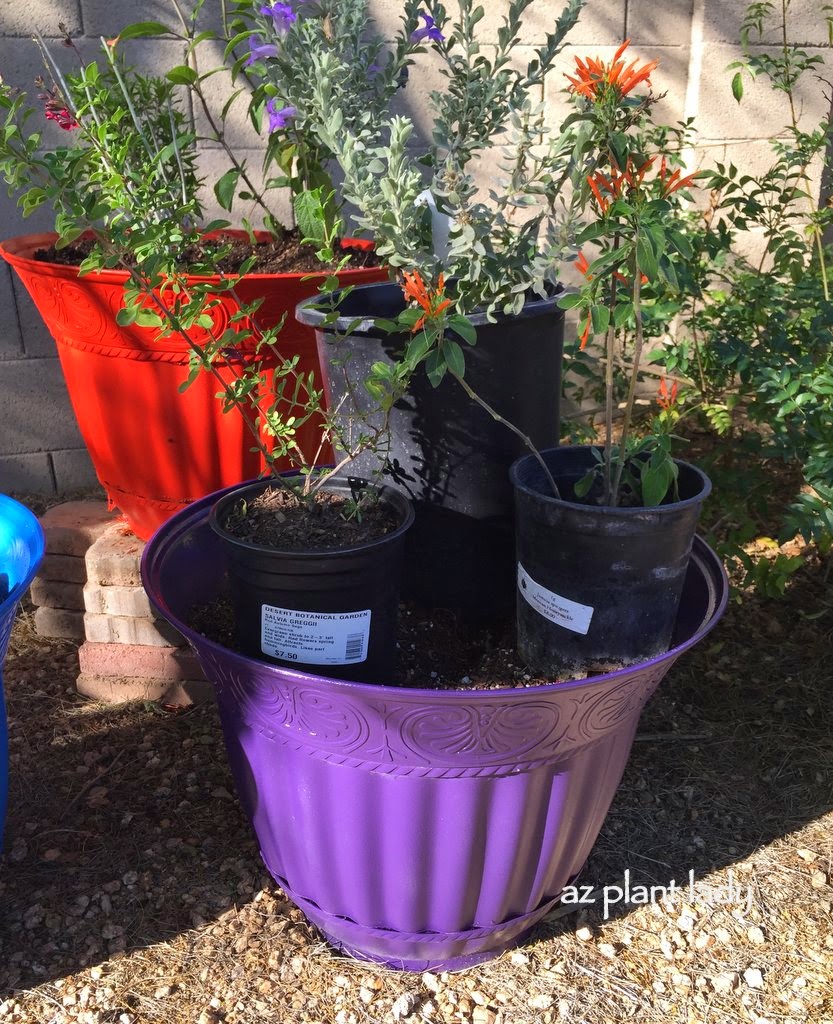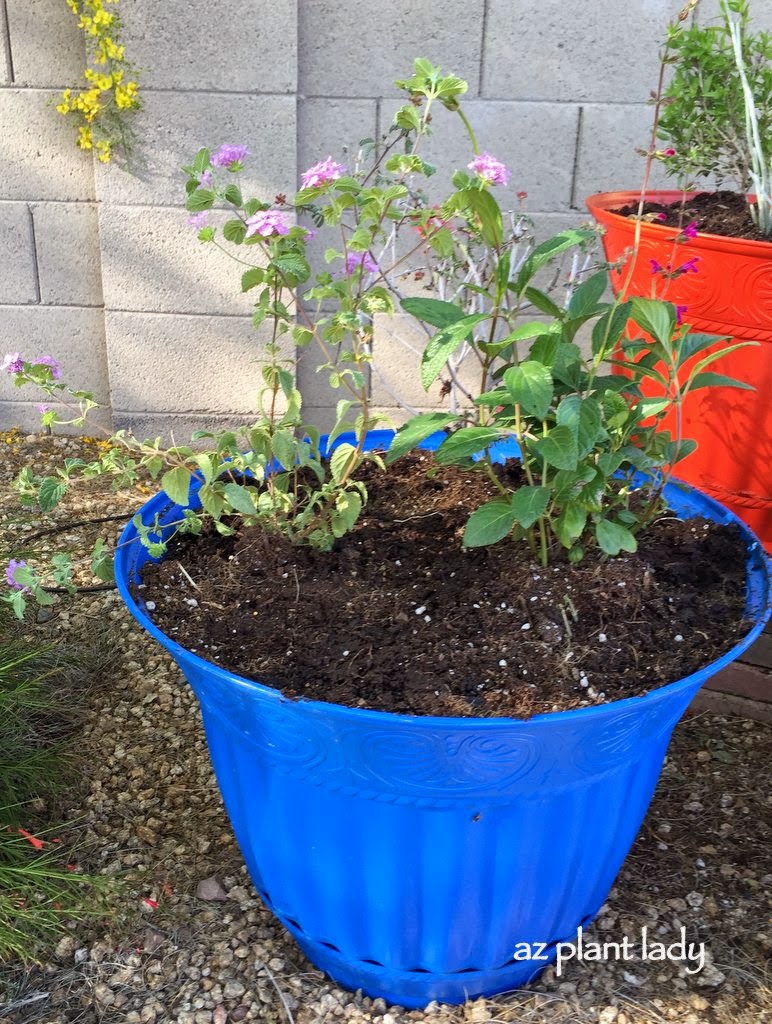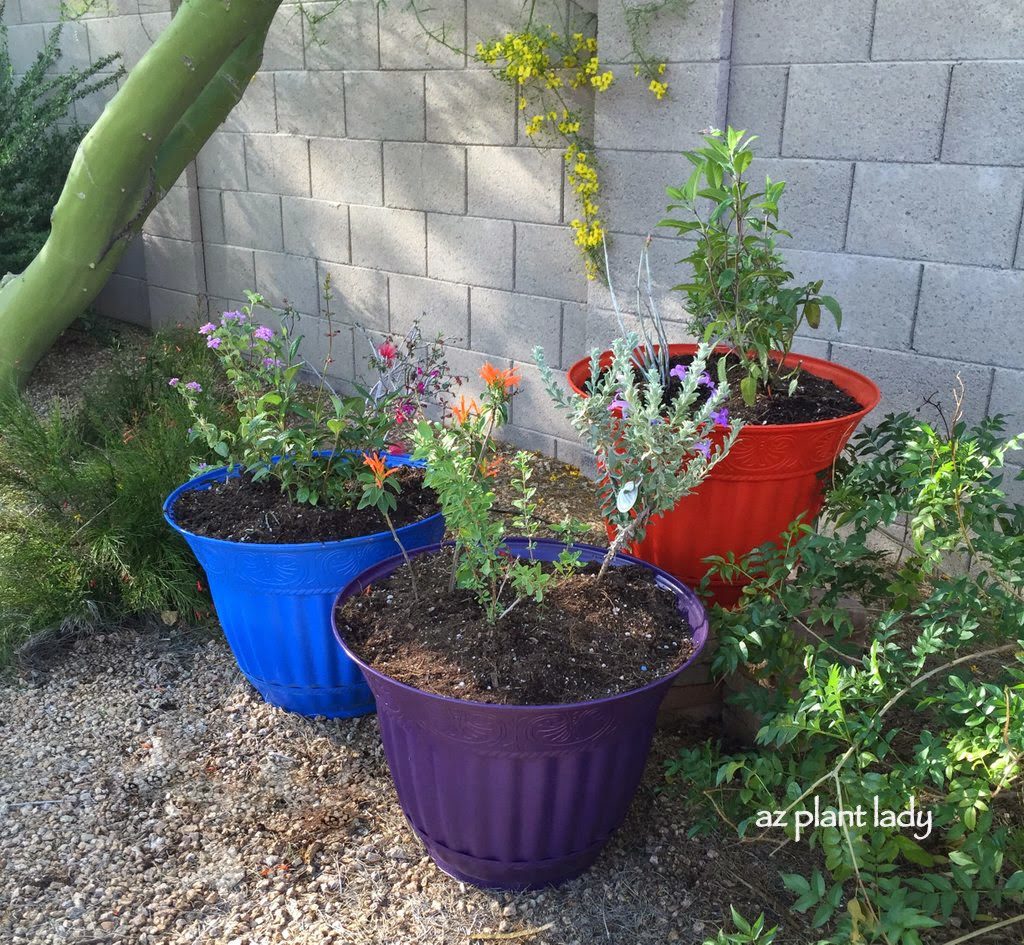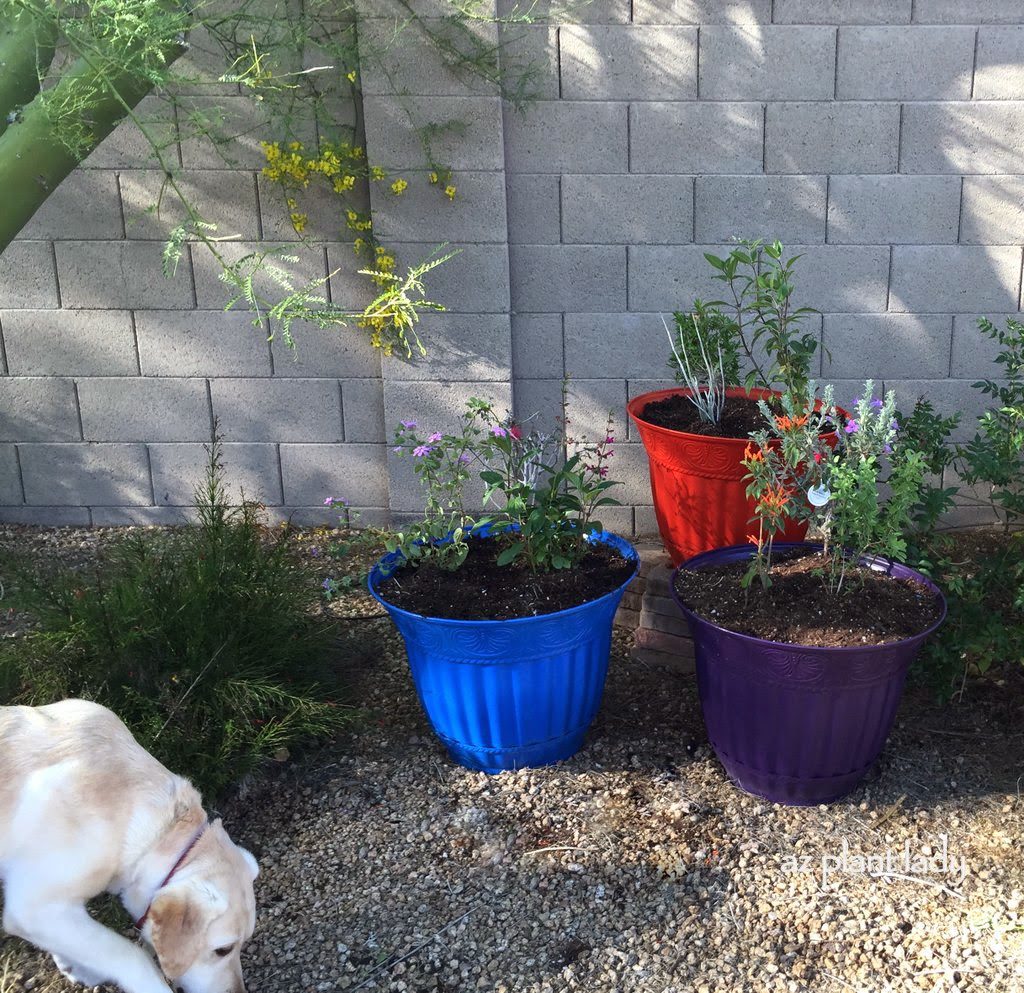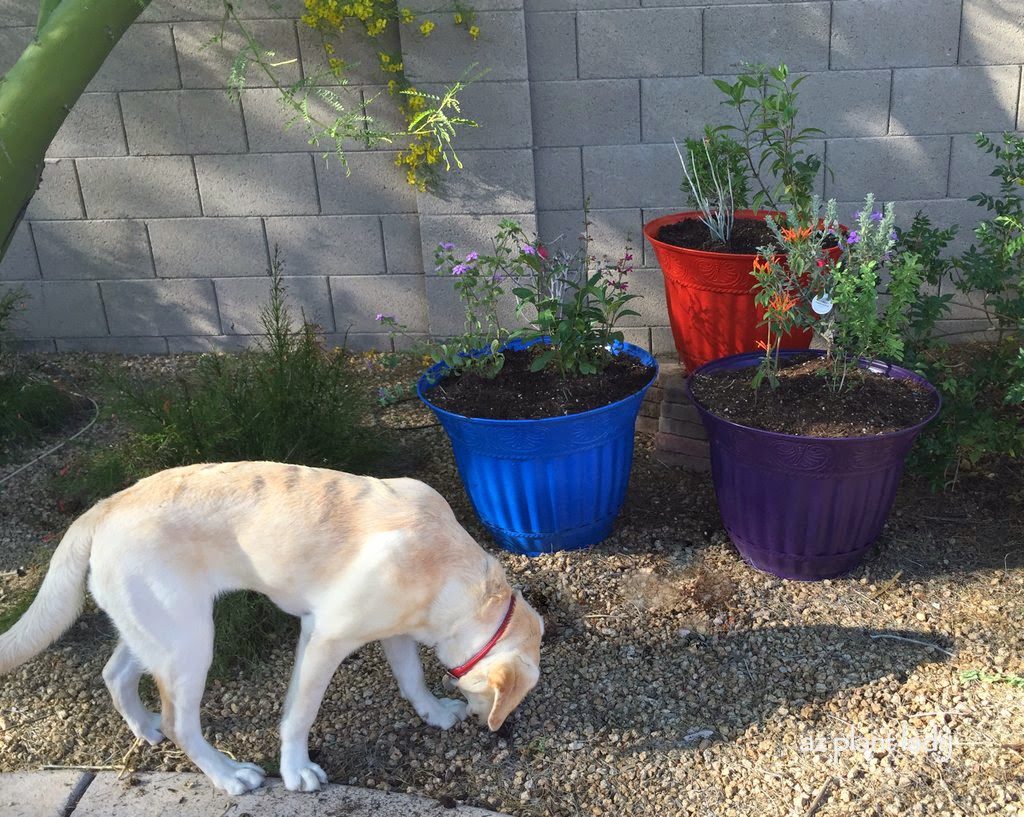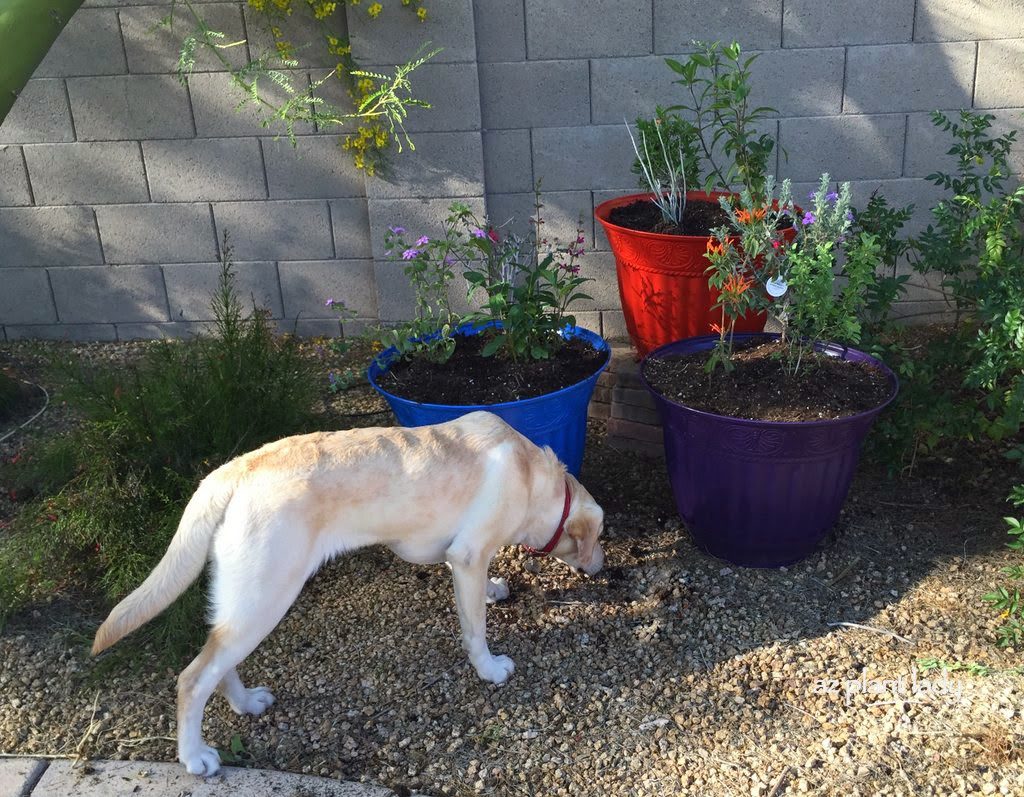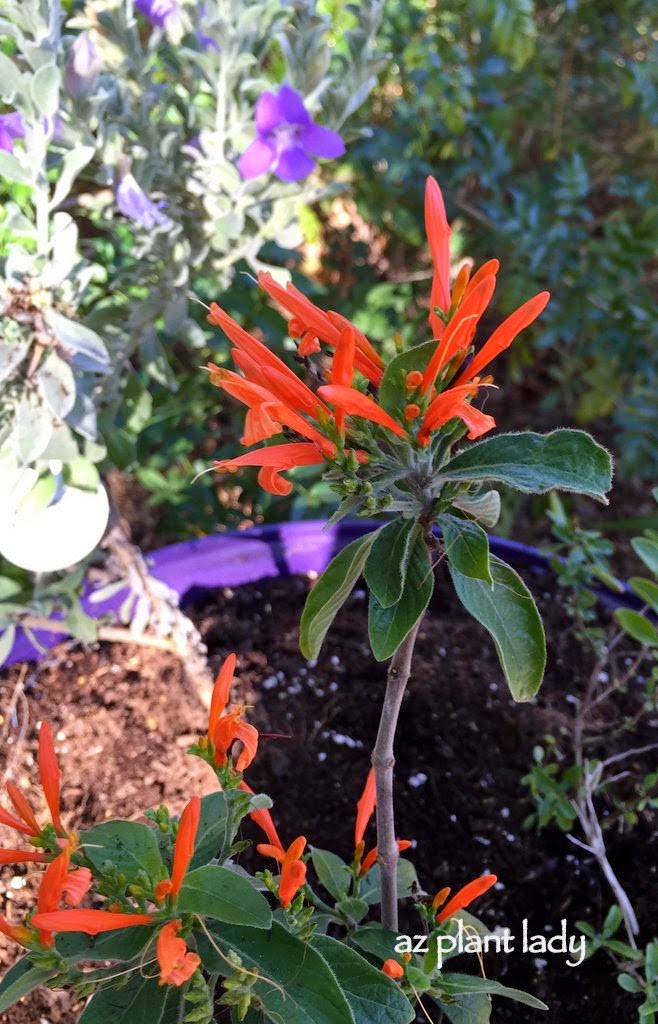The newest member of our animal family is unique in that he isn’t furry and just happens to carry his house on his back.
Sonoran Desert Tortoise
I’d like to introduce you to “Aesop”.
Aesop is a Sonoran desert tortoise who make their home in the deserts of the Southwest .
You may be wondering why someone would want to adopt a desert tortoise and how the process works.
As for the why, as a child, my best friend’s family had a tortoise who lived in their backyard. His name was “Lopez”. I always enjoyed watching him munching on grass as he slowly made his way through the backyard.
Sonoran Desert Tortoise
In my career as a horticulturist who has spent a lot of time in the desert, I’ve come in contact with these special animals including helping one cross a busy road.
Due to loss of habitat in the desert as well captive tortoises breeding, there are many looking for homes.
My husband and I had always liked the idea of getting a tortoise, but with our dogs having free run of our backyard, it wasn’t feasible.
We recently created a dog run along our rather large side yard, so our dogs no longer have access to the backyard. So, our dream of acquiring a desert tortoise could be fulfilled.
So how do you get a desert tortoise?
First, if you live in Arizona, California, Nevada or New Mexico, you visit your state’s Game & Fish Department’s website, where you learn about desert tortoises and then fill out an application.
Guidelines on creating a tortoise shelter is found on the website, which must be completed before you till out the application.
The application itself is fairly simple. You need to take photographs of your backyard space and tortoise shelter, which you submit along with the application.
Once you are approved, you are invited to pick up your new tortoise.
My husband, daughter and I headed out to the nearest desert tortoise adoption facility, which for us was at the Arizona Game & Fish Department’s facility off of Carefree Highway in Phoenix.
*There are several other adoption facilities throughout other areas in Arizona and other Southwestern states.
We arrived on an adoption day where they were trying to have 50 desert tortoises adopted.
We showed them our application, gave a donation and went inside the gates.
There were several adult tortoises, sitting in boxes just waiting for someone to pick them and take them home.
But, we passed them by so that we could see the baby tortoises.
There were several young tortoises walking around in a plastic swimming pool
The smaller tortoises in this photo were about 3-years old.
This tiny tortoise was the size of a cookie and was 1-year old.
We weren’t in the market for a baby tortoise, since our new home for our tortoise was not enclosed and we were afraid that they would get lost.
It was fun to see them though and get a better understanding on how slowly these reptiles grow.
We walked back to the row of boxes to examine the adult tortoises inside.
There were a few young females, which we decided against since they can carry sperm for up to 4 years and we didn’t want the chance of having baby tortoises.
And another tortoise who had three legs. He got along fairly well on his three limbs and we asked whether he was a male or female.
At that time, we were given a lesson on how to tell the difference between males and females.
The underside of males are slightly concave while females had a flat underside. This tortoise was a male.
While we liked this one very much, we were worried that the may have trouble navigating the concrete curbing around our lawn, filled with Bermuda grass, which is a favorite food of desert tortoises.
As we moved down the row of tortoises, we finally found one that was perfect.
This male tortoise was a good size and was very active…for a tortoise 😉
We took our tortoise and loaded him up in the car.
I don’t know who was more excited, my husband or my daughter, Gracie.
When you adopt a desert tortoise, you don’t ‘own’ them. You are caretakers and aren’t allowed to take them outside of the state where you adopted them from.
Tortoises live up to 100 years, so people often hand them down to friends of family members. Of course, you can always take them back to the facility where you adopted them from.
Once we arrived home, we showed Aesop his new home.
We created it out of an old plant container that we cut in half and buried with several inches of soil, which helps to insulate it against extreme cold and heat.
Aesop was curious about his new home.
We decided to name him “Aesop” in a nod to Aesop’s fable, “The Tortoise and the Hare.”
After a minute of looking in his shelter, Aesop headed out to explore his new habitat and then wWe stood and watched him slowly walk around.
He nibbled on a few red bird-of-paradise leaves as he walked by.
Grass is a favorite food of tortoises and he was happy to walk on our lawn.
**The unevenness of our lawn is a rather recent development since our 13-year old son is learning how to mow. As you can see, he has a bit more practicing to do before he gets it right.
Sonoran Desert Tortoise
Exploring the areas against our block wall, Aesop soon found my globe mallow (Sphaeralcea ambigua), which is found on lists of plants that they like. Our desert willow will also provide him with some of his favorite flowers too.
In the 3 days since we adopted him, he had spent a lot of time exploring the entire backyard including the patio and the areas underneath our shrubs and vines.
In the morning and late afternoon, we see him grazing on our lawn, taking a stroll on the patio before heading to his favorite spot…
Underneath our purple lilac vines, where he likes to spend the night.
We have fun walking outdoors and looking for him to see where he is.
In October, Aesop will hibernate until spring, but in the meantime, we will enjoy the privilege of hosting one of these desert animals.
**For more information on desert tortoise care and how to adopt them, click here.**
Have you ever seen a desert tortoise or know someone who has one?
